
In today’s digital age, a robust and reliable network is crucial for businesses and organizations to thrive. A network analyzer plays a pivotal role in ensuring optimal network performance by providing valuable insights into network traffic, identifying bottlenecks, and diagnosing issues promptly. In this blog post, we will delve into the world of network analyzers, explore their features, and highlight their benefits. So, let’s embark on this journey to unleash the power of a high-performance network analyzer!
Understanding Network Analyzers: The Backbone of Network Optimization
1.1 What is a Network Analyzer? A network analyzer is a sophisticated tool that captures, examines, and interprets network traffic data. It enables network administrators and engineers to monitor network performance, identify anomalies, troubleshoot issues, and optimize network infrastructure.
1.2 Types of Network Analyzers There are various types of network analyzers available in the market, each catering to specific needs. This section will provide an overview of the most common types, including packet analyzers, protocol analyzers, and wireless network analyzers.
Key Features and Functionality of Network Analyzers
2.1 Traffic Analysis Network analyzers capture and analyze network traffic, providing detailed insights into data packets. They can decipher protocol-specific information, track packet flow, and detect abnormalities or potential security threats.
2.2 Performance Monitoring and Troubleshooting A high-performance network analyzer enables real-time monitoring of network metrics such as latency, bandwidth utilization, packet loss, and network response time. This functionality aids in troubleshooting network issues promptly and identifying areas for optimization.
2.3 Protocol Analysis Protocol analyzers allow deep packet inspection, enabling administrators to understand network protocols at a granular level. This feature assists in diagnosing protocol-related problems, optimizing performance, and ensuring protocol compliance.
2.4 Visualization and Reporting Modern network analyzers provide intuitive graphical representations, dashboards, and reports for easy interpretation of network data. These visualizations empower administrators to identify trends, patterns, and areas for improvement efficiently.
Benefits of Utilizing a High-Performance Network Analyzer
3.1 Improved Network Performance and Reliability By monitoring network traffic, identifying bottlenecks, and diagnosing issues, a network analyzer helps improve overall network performance and reliability. It enables proactive troubleshooting, minimizing downtime, and enhancing end-user experience.
3.2 Enhanced Security Network analyzers play a vital role in network security. They assist in detecting and mitigating security threats, such as malware, intrusions, or suspicious activities, through traffic analysis and anomaly detection.
3.3 Efficient Capacity Planning A network analyzer provides valuable insights into network utilization patterns, helping administrators optimize network capacity. By identifying underutilized or overburdened network segments, it enables efficient resource allocation and capacity planning.
3.4 Cost Optimization By identifying performance bottlenecks and inefficiencies, a network analyzer helps optimize network infrastructure, potentially saving costs. It enables administrators to make informed decisions regarding hardware upgrades, bandwidth provisioning, and network optimization strategies.
Understand how a network analyzer works, let’s explore its key components and functionality:
- Capturing Network Traffic: The network analyzer captures network traffic by connecting to a network segment or by configuring it as a bridge between two network devices. It can be a physical device or a software-based solution installed on a computer. The analyzer collects network packets flowing through the network, regardless of their source or destination.
- Packet Decoding: Once the network analyzer captures packets, it decodes them to extract information. It examines the packet headers and payload to identify various network protocols, such as TCP/IP, Ethernet, HTTP, DNS, etc. This decoding process helps the analyzer understand the structure and content of the packets.
- Traffic Analysis: The decoded packets are then analyzed to provide valuable insights into network performance and behavior. The network analyzer measures various network metrics like latency, bandwidth utilization, packet loss, response times, and throughput. It can also identify patterns, anomalies, and trends in the network traffic.
- Protocol Analysis: A network analyzer can perform protocol analysis to examine network protocols at a granular level. It can analyze how protocols interact, identify protocol-specific issues or errors, and ensure protocol compliance. Protocol analysis helps administrators troubleshoot and optimize network performance.
- Visualization and Reporting: To make the collected data more accessible and understandable, a network analyzer often provides graphical visualizations, charts, and reports. These visual representations help network administrators interpret the data quickly and identify trends, patterns, or anomalies. Reports generated by the analyzer provide a detailed summary of network performance, security, and potential issues.
- Filter and Search Capabilities: Network analyzers allow users to apply filters and search criteria to focus on specific types of traffic or specific network events. This capability enables administrators to isolate and analyze particular network segments or troubleshoot specific issues efficiently.
- Performance Monitoring and Alerts: Network analyzers continuously monitor network performance in real-time. They can set up alerts or notifications based on predefined thresholds for metrics like high latency, excessive packet loss, or unusual traffic patterns. This helps administrators identify and address performance issues proactively.
- Security Analysis: Network analyzers can also assist in network security analysis. They monitor network traffic for suspicious or malicious activities, such as unauthorized access attempts, malware traffic, or abnormal data transfers. By identifying potential security threats, administrators can take appropriate actions to protect the network.
Choosing the right network analyzer is crucial to ensure effective network monitoring, troubleshooting, and optimization. Here are some key factors to consider when selecting a network analyzer:
- Purpose and Scope: Determine your specific needs and objectives for using a network analyzer. Are you looking to monitor network performance, diagnose issues, analyze protocols, or enhance network security? Understanding your requirements will help you narrow down your options and choose a suitable network analyzer.
- Network Size and Complexity: Consider the size and complexity of your network. If you have a small network with a limited number of devices, a simpler and cost-effective analyzer might suffice. However, for larger networks with multiple segments, advanced features like traffic filtering, scalability, and distributed monitoring capabilities may be necessary.
- Features and Functionality: Evaluate the features and functionality offered by the network analyzer. Some essential features to consider include:
- Real-time monitoring: The ability to capture and analyze network traffic in real-time.
- Protocol analysis: The capability to decode and analyze network protocols at a granular level.
- Performance metrics: Measurement of key performance indicators such as latency, bandwidth utilization, packet loss, and response times.
- Visualization and reporting: Intuitive graphical representations and comprehensive reports for easy interpretation and analysis.
- Security analysis: Detection of network security threats, including malware, intrusion attempts, and abnormal traffic patterns.
- Filtering and search capabilities: The ability to filter and search for specific types of traffic or events.
- Integration and compatibility: Compatibility with your existing network infrastructure, protocols, and management systems.
- Scalability and Flexibility: Consider the scalability of the network analyzer. Ensure it can handle the growth of your network and accommodate increasing traffic volumes. Additionally, assess if the analyzer can adapt to changing technologies and network protocols, as well as integrate with other tools or systems in your network ecosystem.
- Ease of Use: Consider the usability and user interface of the network analyzer. It should have an intuitive design and provide ease of navigation. Look for features like customizable dashboards, drag-and-drop functionality, and user-friendly controls. User training and support resources should also be available to help you utilize the analyzer effectively.
- Budget: Evaluate the cost of the network analyzer and its overall value for your organization. Consider the upfront costs, licensing fees, ongoing maintenance, and support expenses. Balance your budget constraints with the desired features and functionality to make an informed decision.
- Vendor Reputation and Support: Research the reputation and track record of the network analyzer vendor. Read customer reviews, check for industry certifications, and evaluate their level of customer support. A reputable vendor with good customer support can provide timely assistance and ensure a smooth implementation and usage experience.
- Trial and Evaluation: Whenever possible, take advantage of trial versions or evaluation periods offered by network analyzer vendors. This allows you to test the product in your specific environment and assess its compatibility, performance, and suitability before making a final decision.
Learn more about how a Network Analyzer works in-depth.
How Wyoming Electronics Inc can help you?
As a leading provider in the industry, we specialize in helping organizations with selling, buying, repairing, and calibrating network analyzers. In this blog post, we will explore the various ways we can assist you in optimizing your network analysis processes and achieving exceptional results. Let’s dive in!
Selling Network Analyzers: Connecting Sellers with Buyers
Are you looking to sell your network analyzer? At Wyoming Electronics Inc, we understand the importance of finding the right buyer who values your equipment. With our extensive network and industry connections, we act as a reliable intermediary, facilitating the selling process and ensuring a seamless transaction. Our experienced team will guide you through pricing, documentation, and logistics, allowing you to focus on other aspects of your business.
Buying Network Analyzers: Unleashing the Power of Network Analysis
If you are in the market for a network analyzer, look no further. Wyoming Electronics Inc offers a wide range of quality instruments from reputable manufacturers. We take the time to understand your requirements and provide expert recommendations tailored to your specific needs and budget. With our transparent information and reliable guidance, you can make an informed decision and acquire the network analyzer that best suits your organization’s objectives.
Check out the range of Network Analyzers offered by Wyoming Electronics Inc.
Repairing Network Analyzers: Restoring Functionality and Performance
Facing issues with your network analyzer? Our skilled technicians at Wyoming Electronics Inc are here to help. We possess extensive knowledge and experience in troubleshooting and repairing various network analyzer models. Using advanced diagnostic tools and genuine manufacturer parts, we ensure that your equipment is repaired to the highest standards, restoring its functionality and performance. Our goal is to minimize downtime and get you back to your network analysis tasks swiftly.
Get a quote to get your Network Analyzer repaired or serviced today!
Calibrating Network Analyzers: Ensuring Accuracy and Reliability
Accurate measurements are the foundation of reliable network analysis. Wyoming Electronics Inc offers professional calibration services for network analyzers, ensuring they meet industry standards and specifications. Our highly trained technicians follow recognized calibration procedures, providing traceable and accurate measurement results. With our calibration services, you can have confidence in the precision and reliability of your network analyzer.
At Wyoming Electronics Inc, we are committed to simplifying your network analysis journey. Whether you are looking to sell, buy, repair, or calibrate a network analyzer, our dedicated team is here to assist you every step of the way. With our industry expertise, comprehensive services, and customer-centric approach, we aim to optimize your network analysis processes, enabling you to achieve exceptional results and unlock the full potential of your network infrastructure. Trust Wyoming Electronics Inc as your reliable partner for all your network analyzer needs.
Contact us today to experience the Wyoming Electronics Inc difference in network analysis support!


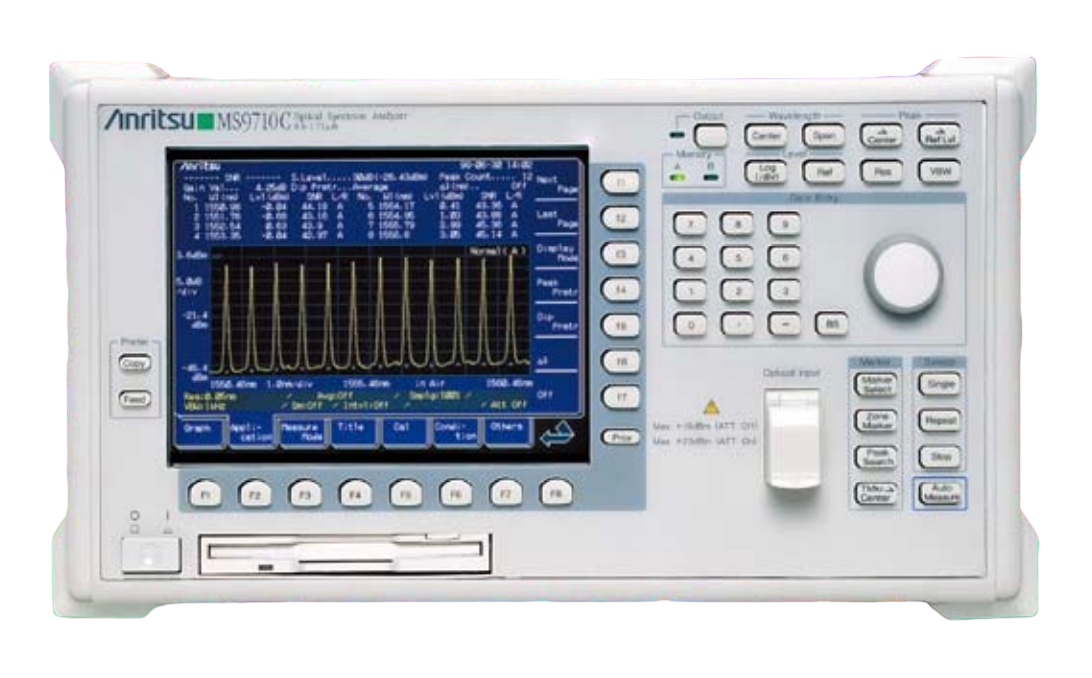 Spectrum Analyzers
Spectrum Analyzers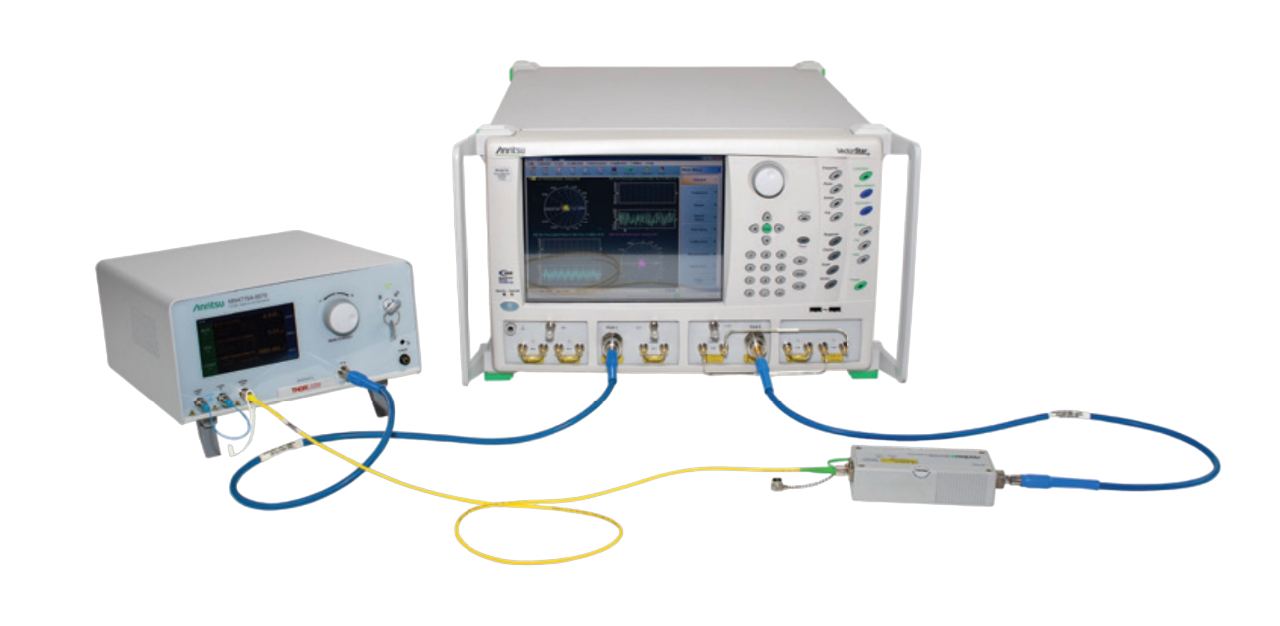 Network Analyzers
Network Analyzers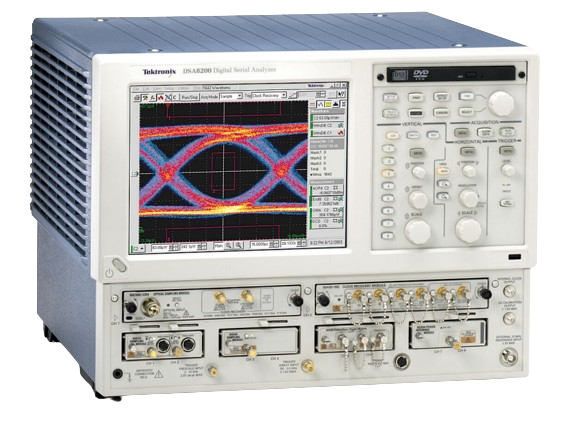 Signal Analyzers
Signal Analyzers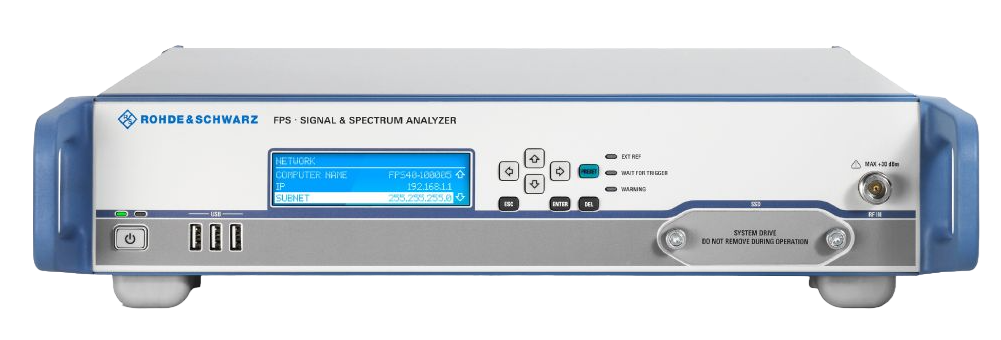 Logic Analyzers
Logic Analyzers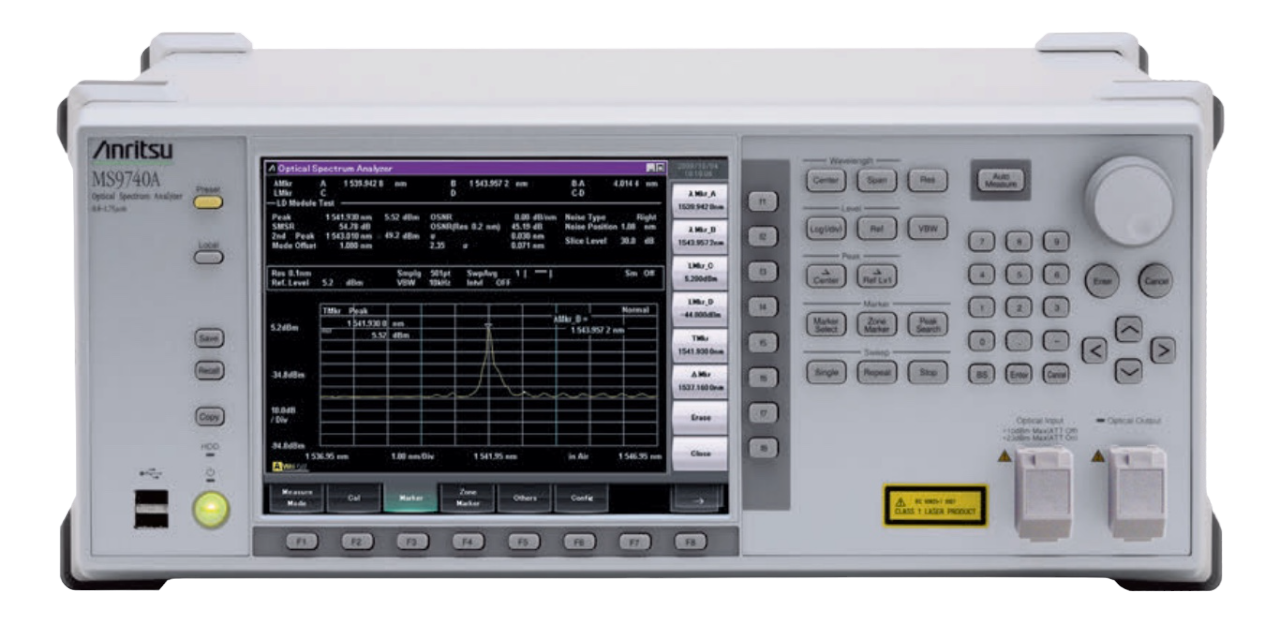 Optical Spectrum Analyzers
Optical Spectrum Analyzers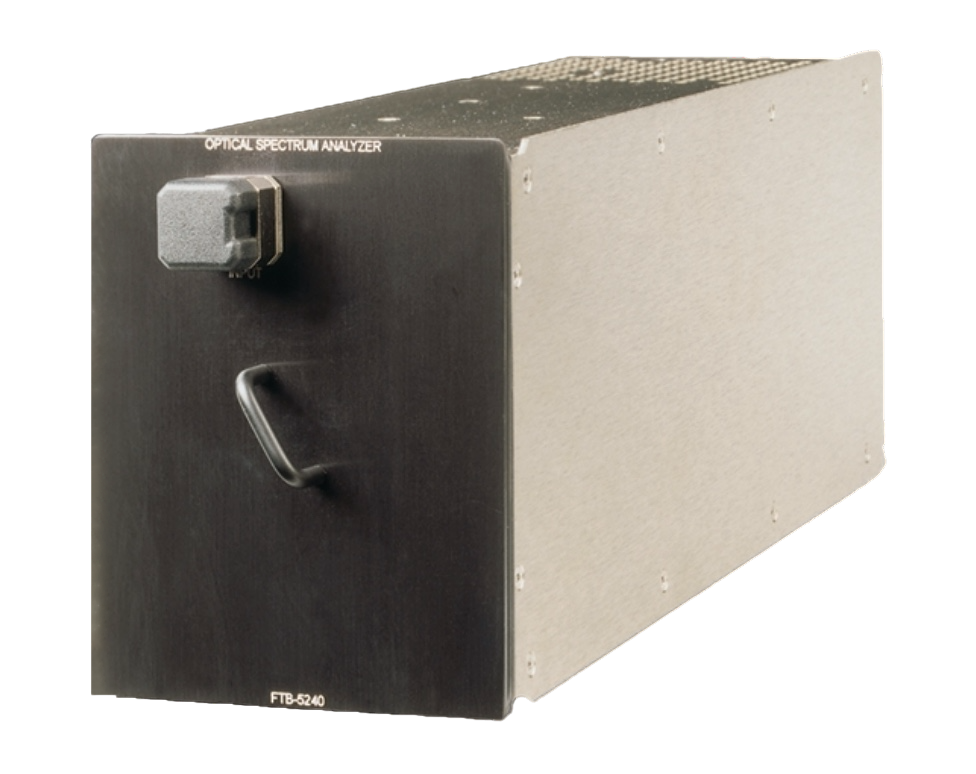 Other Analyzers
Other Analyzers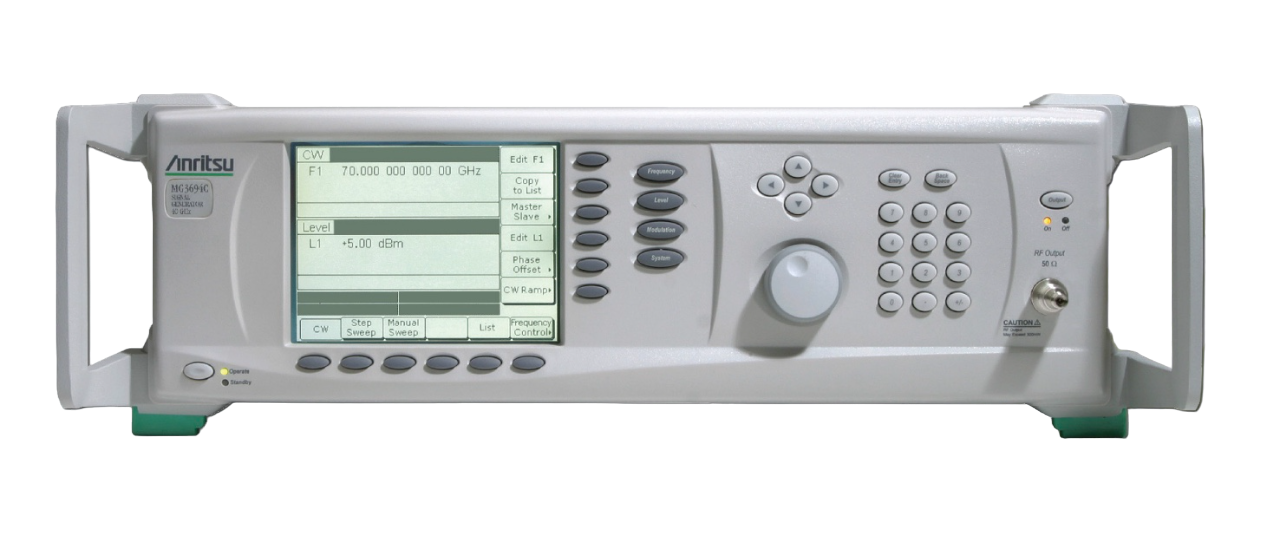 Signal Generator
Signal Generator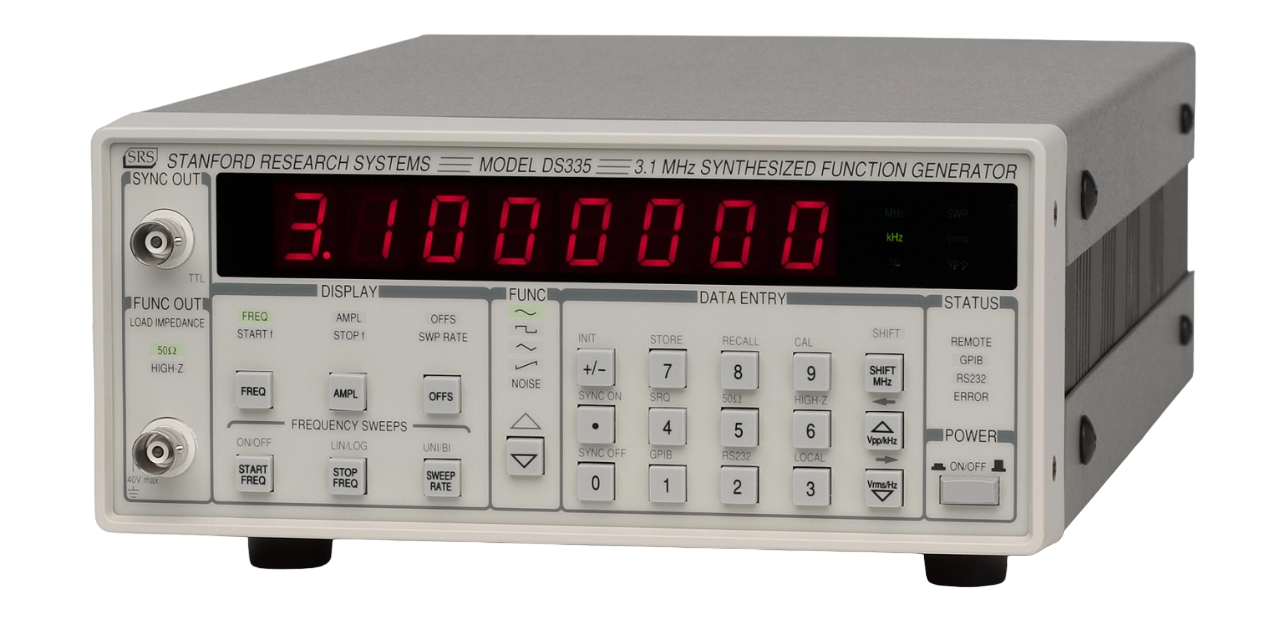 Function Generator
Function Generator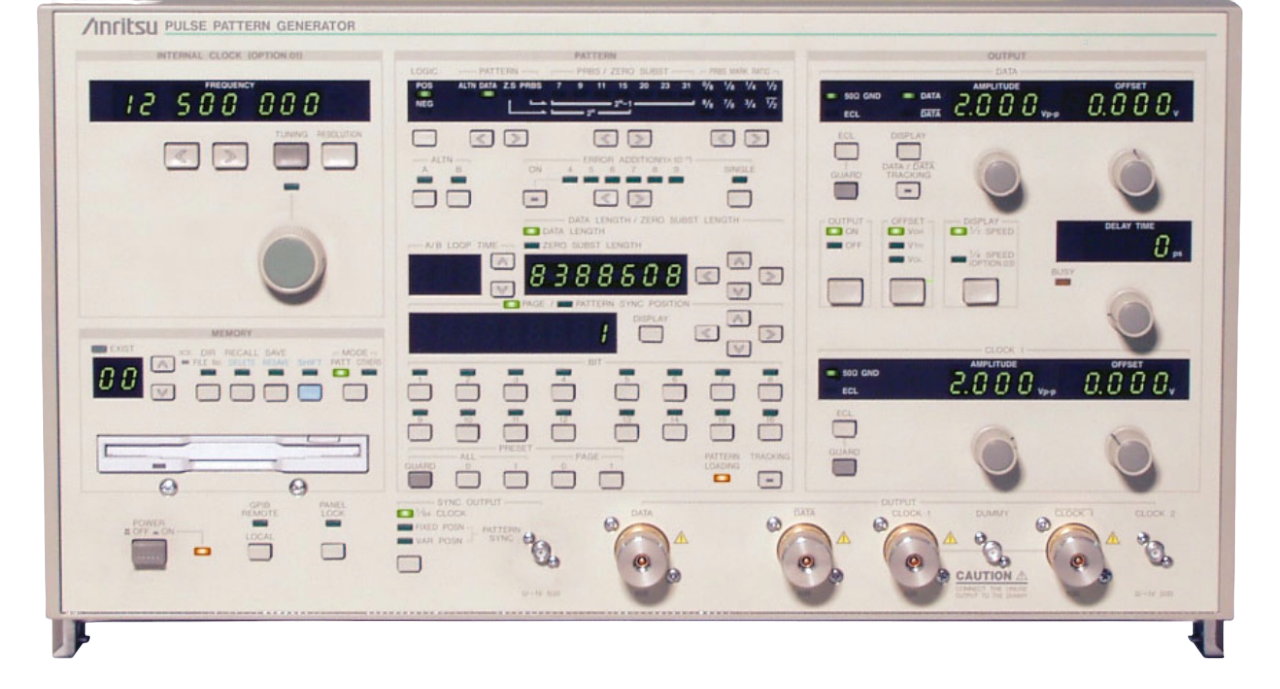 Pulse / Pattern Generator
Pulse / Pattern Generator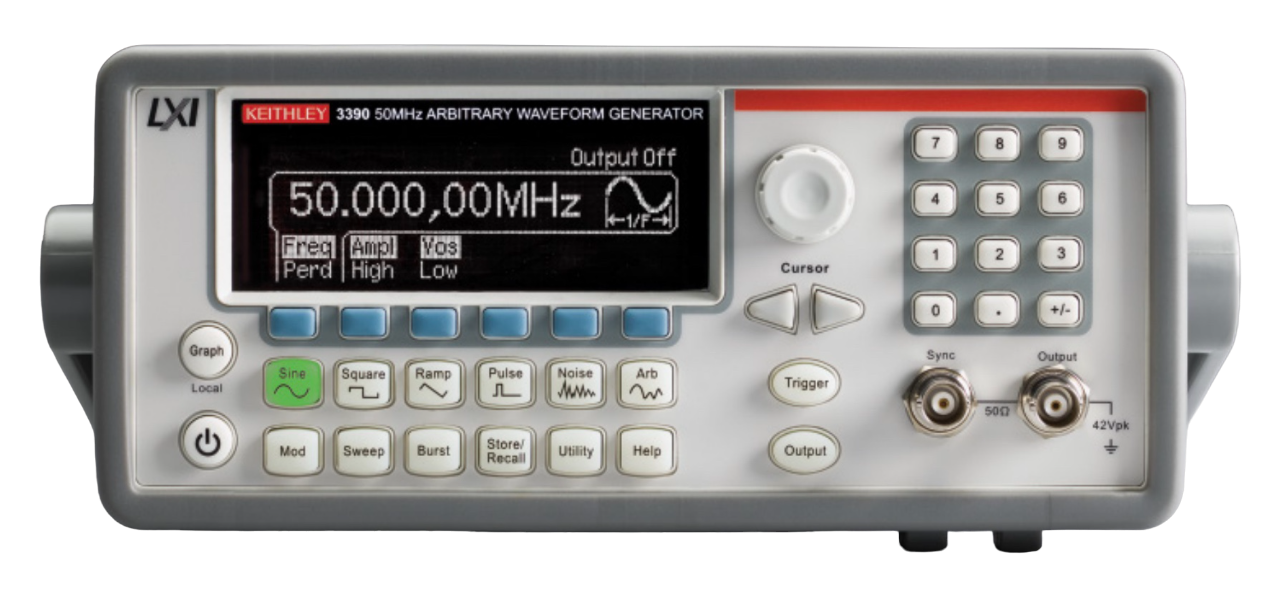 Waveform Generator
Waveform Generator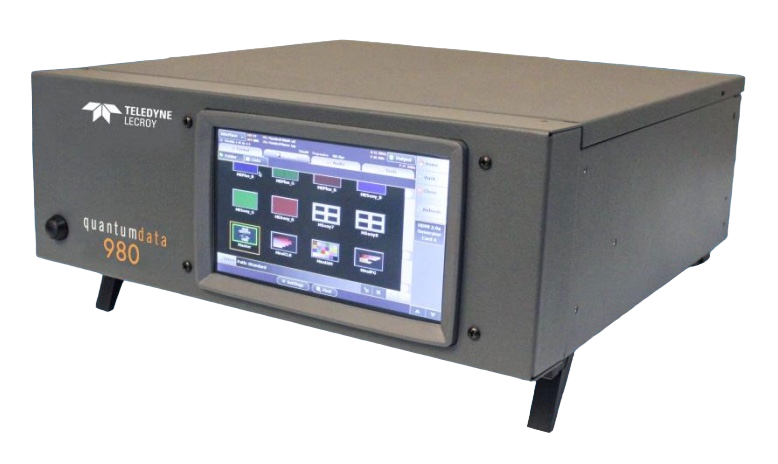 Other Generators
Other Generators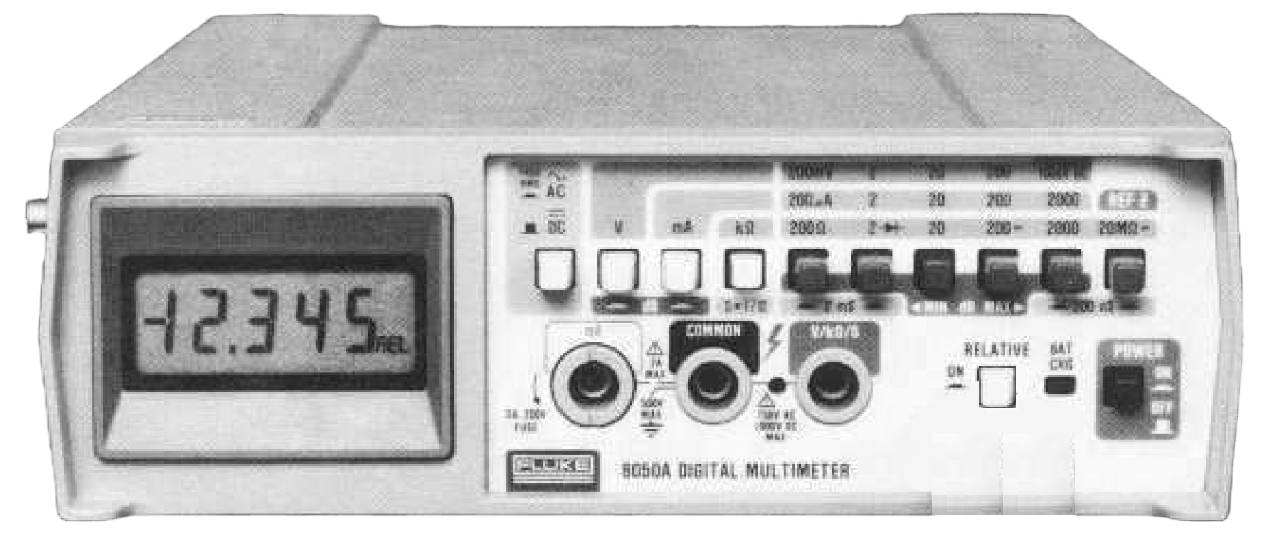 Digital Multimeter
Digital Multimeter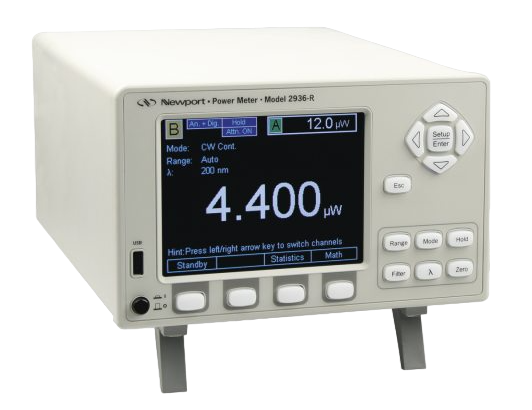 Power Meter
Power Meter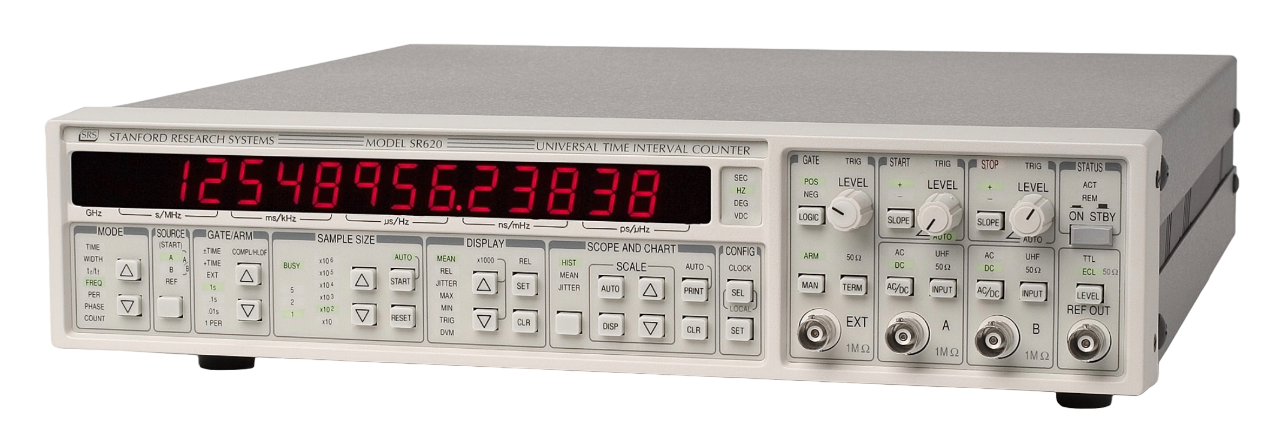 Frequency Counters
Frequency Counters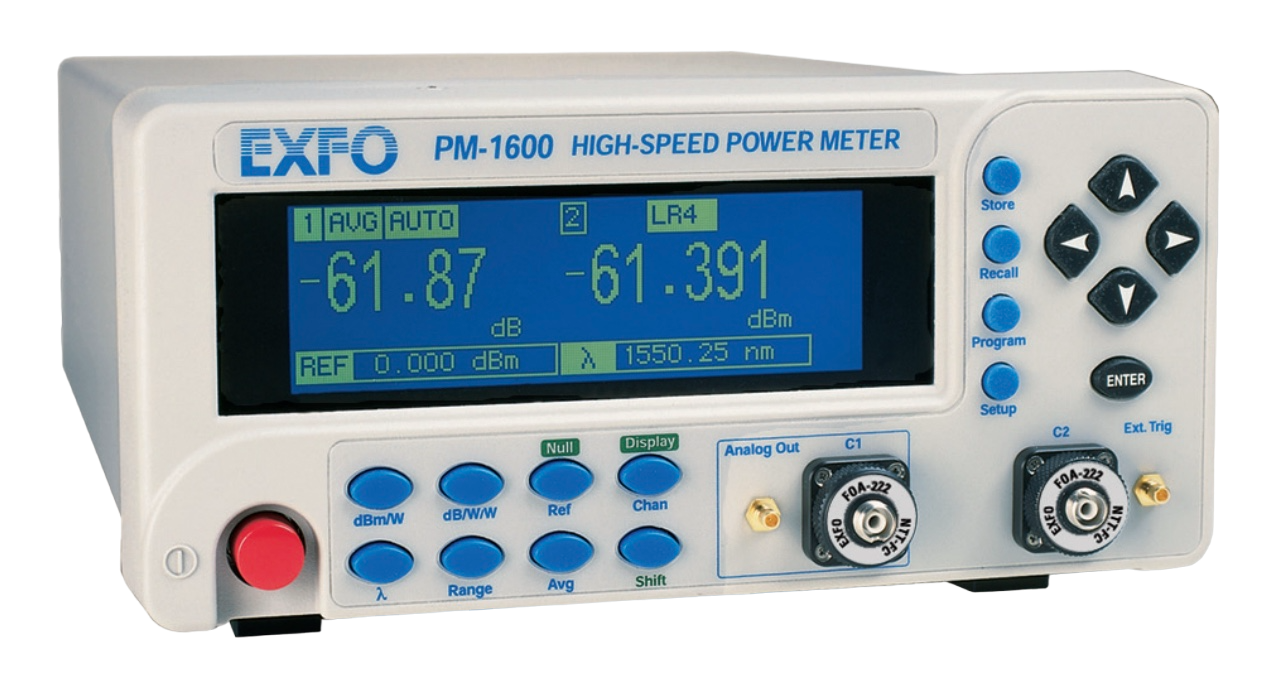 Optical Power Meter
Optical Power Meter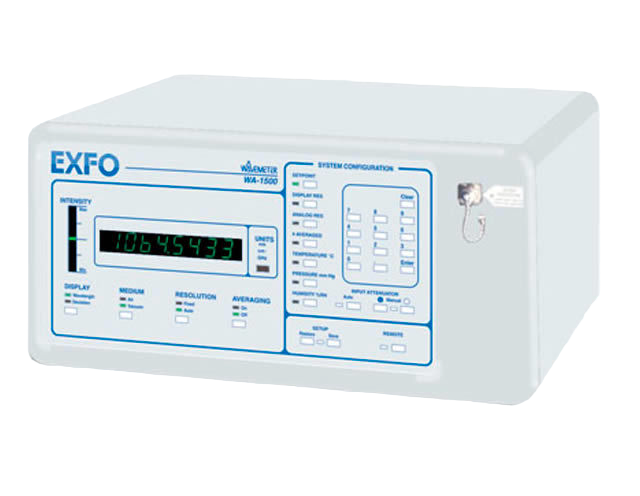 Wavelength Meter
Wavelength Meter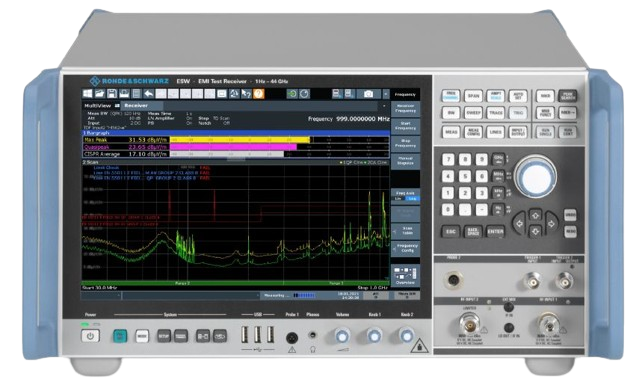 Receiver
Receiver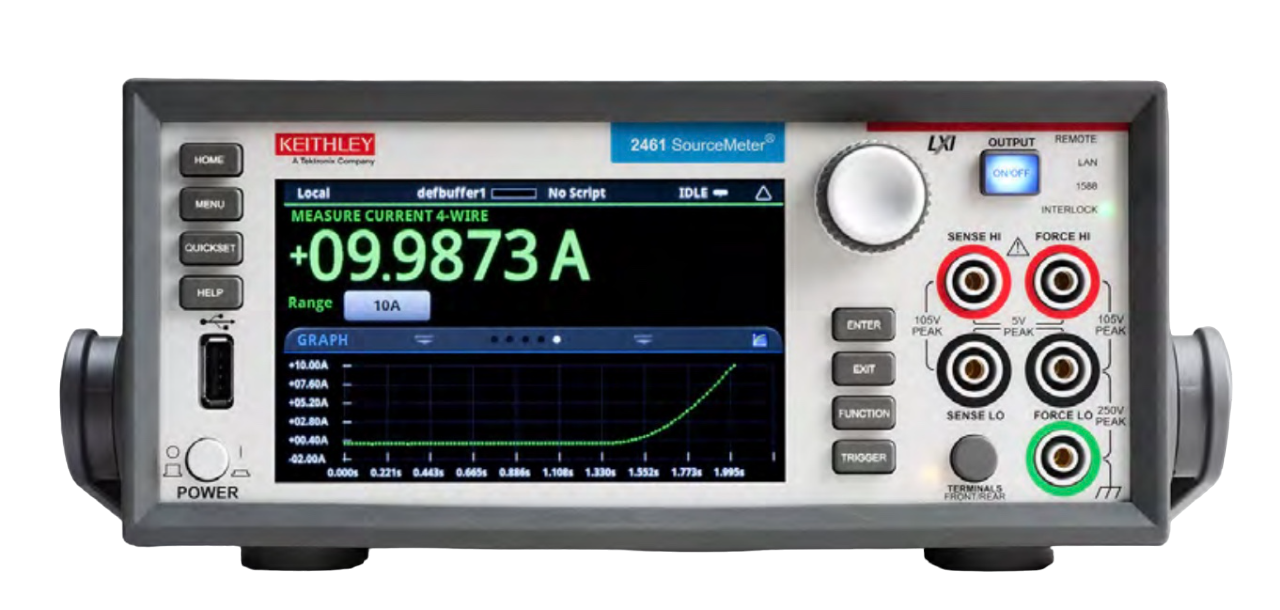 Current/Power Source Meter
Current/Power Source Meter Picoammeter
Picoammeter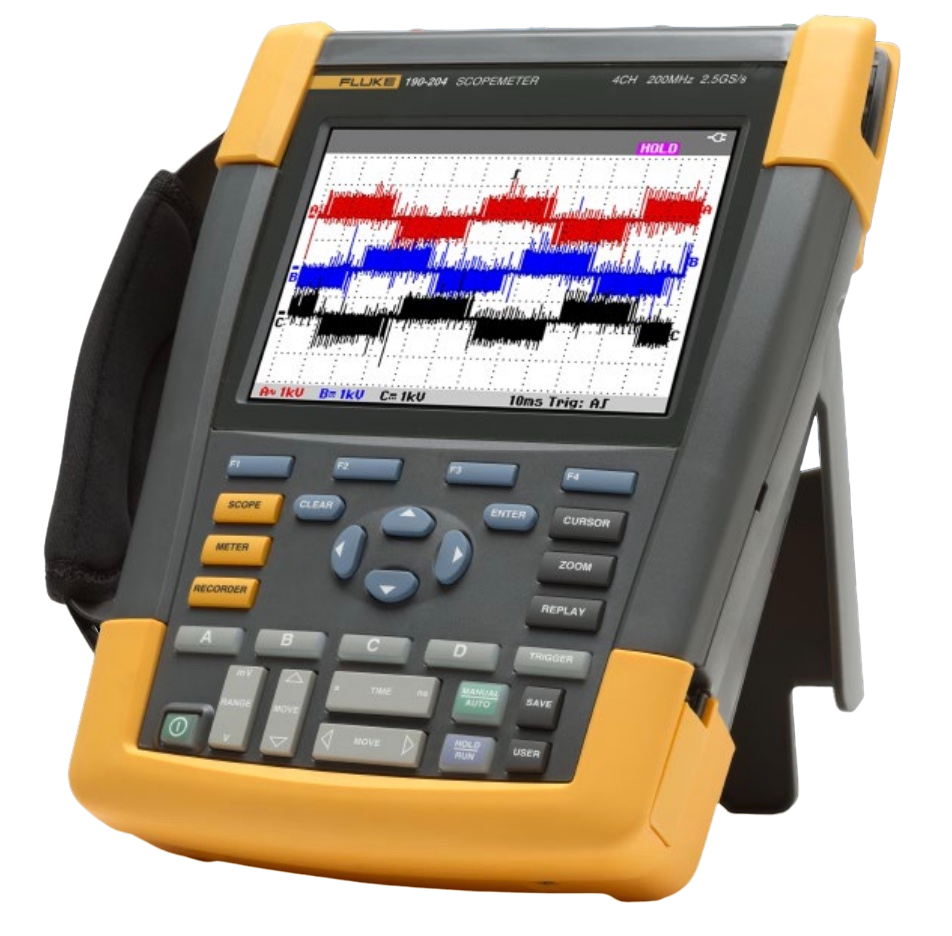 Other Meters
Other Meters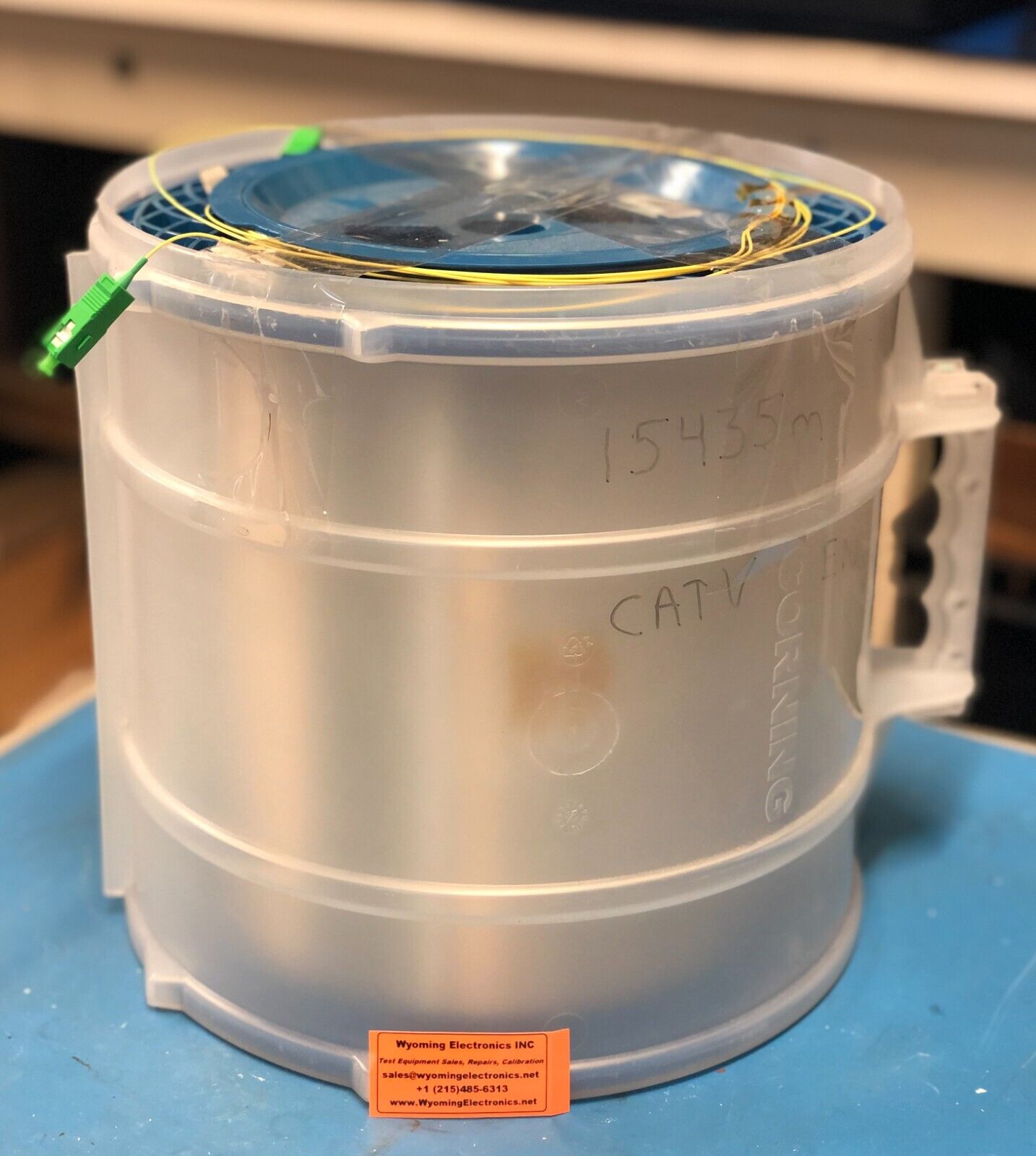 Optical Fiber
Optical Fiber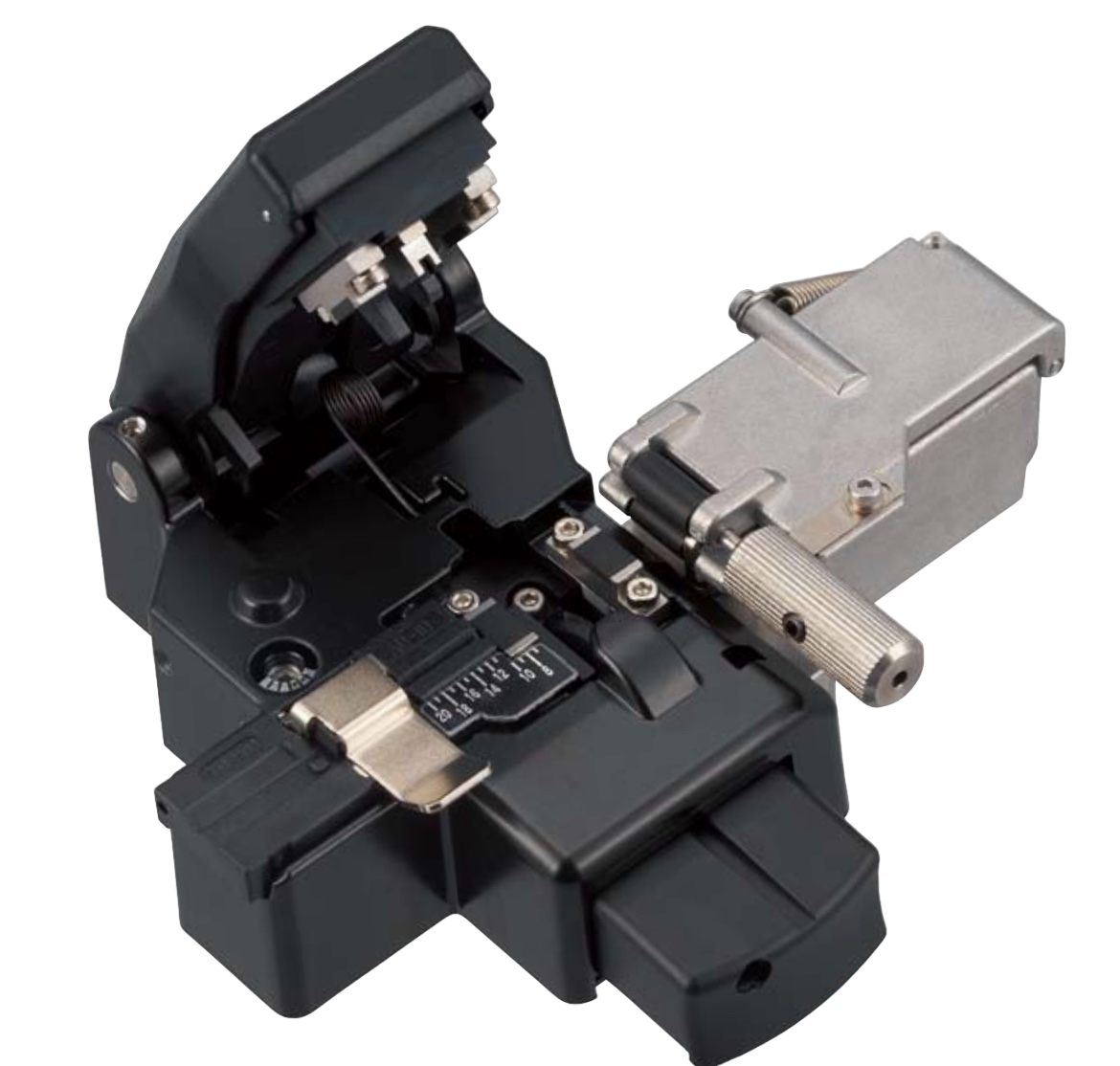 Fiber Cleaver
Fiber Cleaver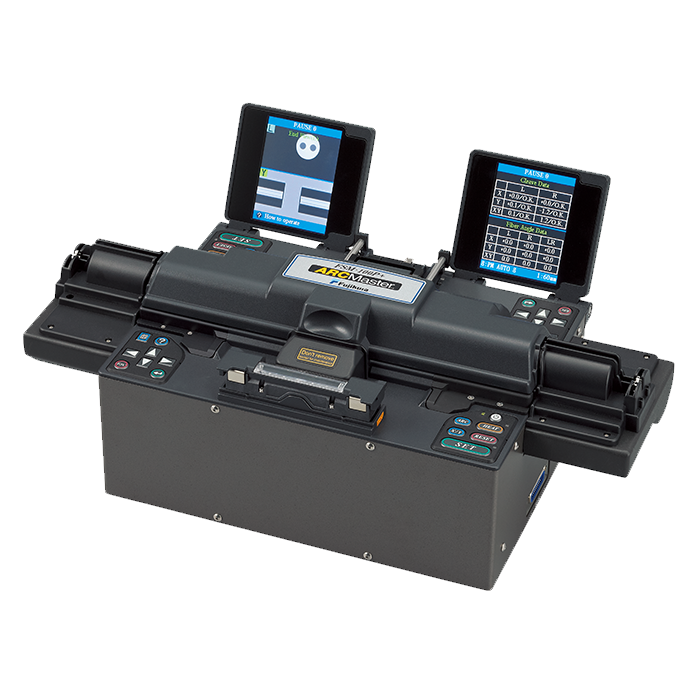 Fusion Splicer
Fusion Splicer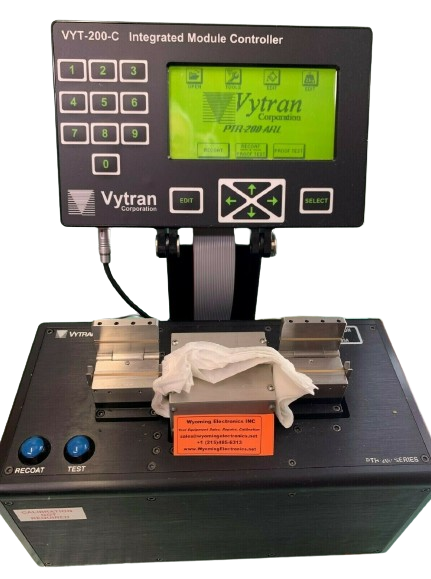 Fiber Recoater
Fiber Recoater Optical Attenuator
Optical Attenuator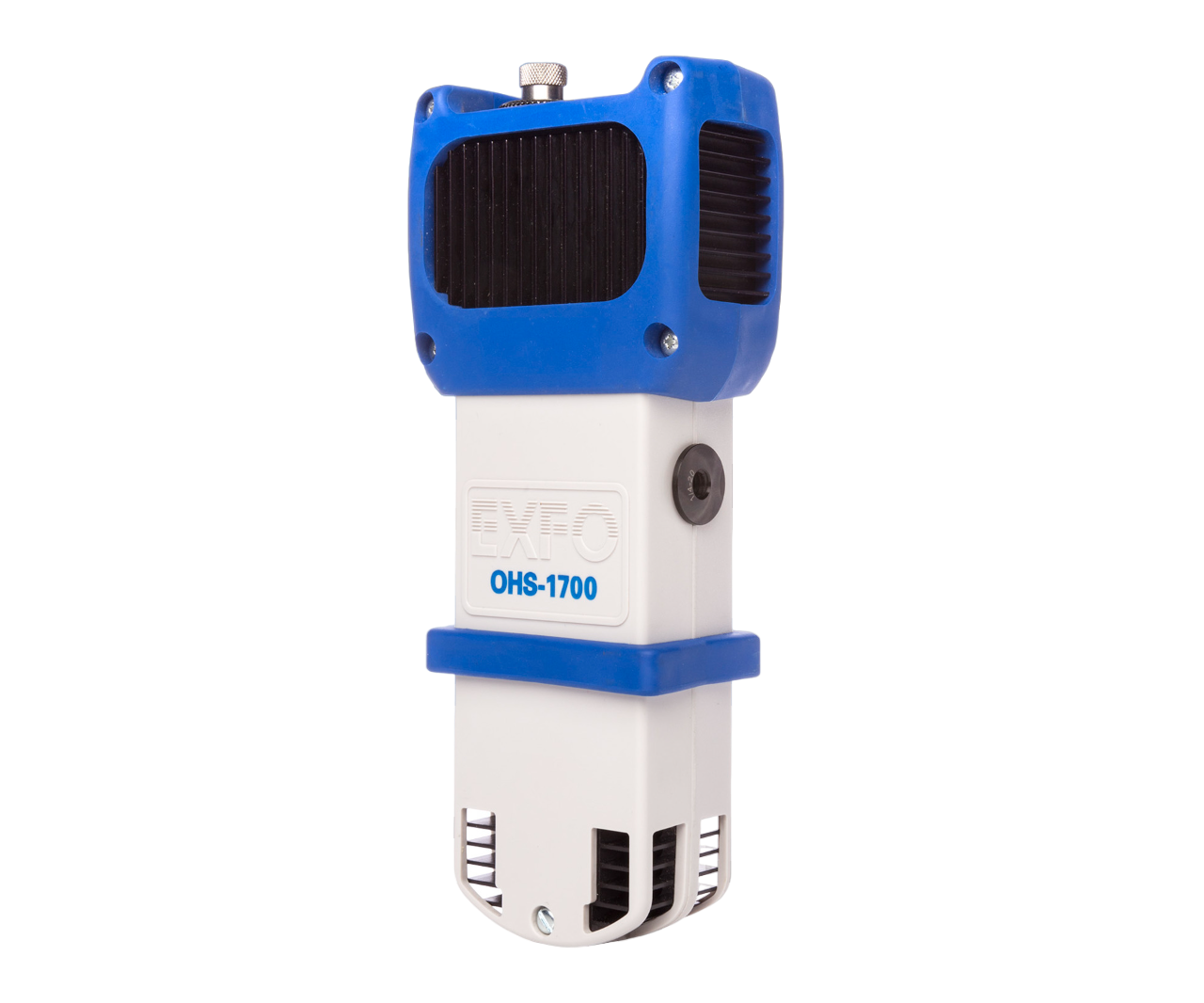 Optical Head
Optical Head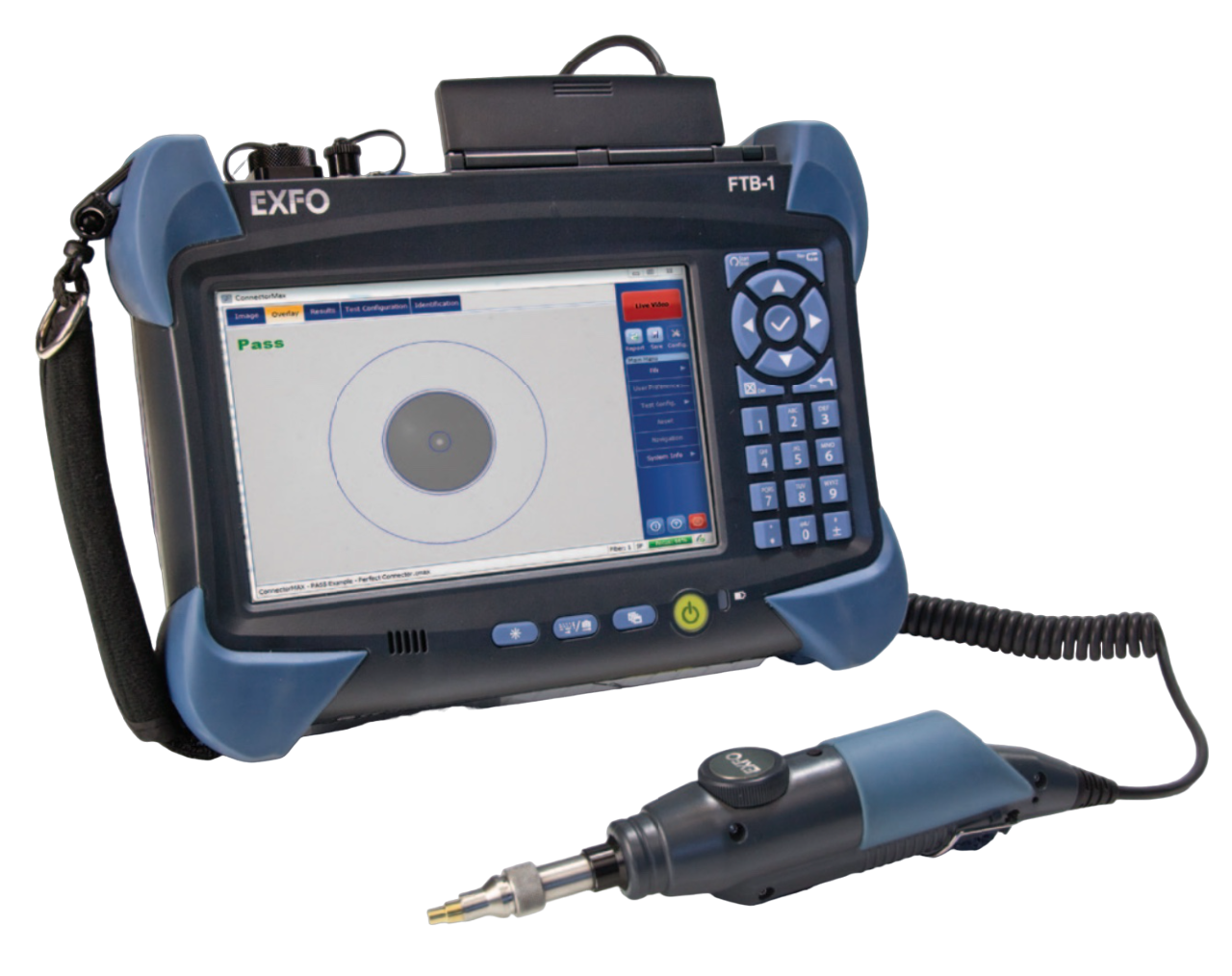 OTDR (Optical Time-Domain Reflectometer)
OTDR (Optical Time-Domain Reflectometer)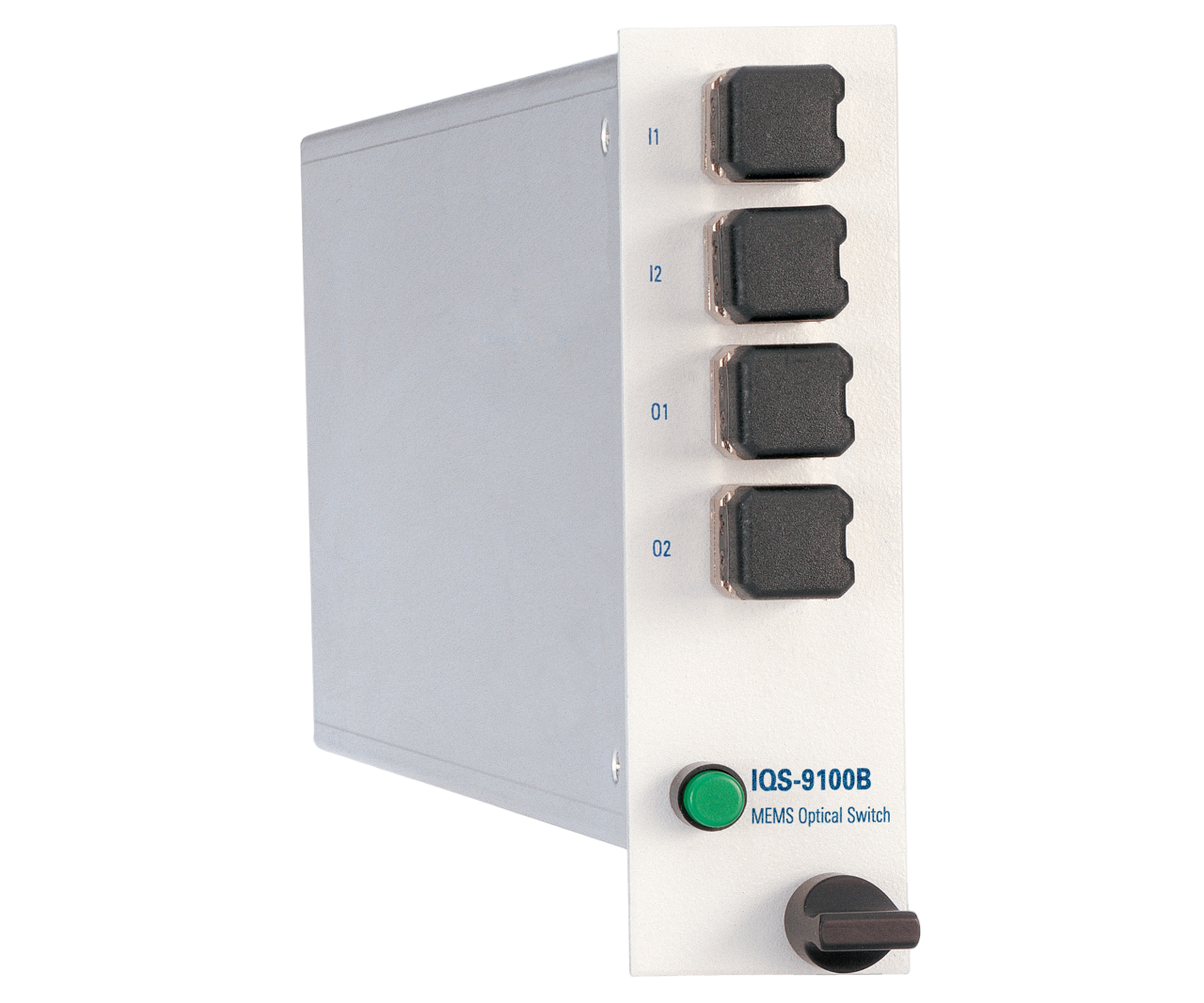 Other Optical Instruments
Other Optical Instruments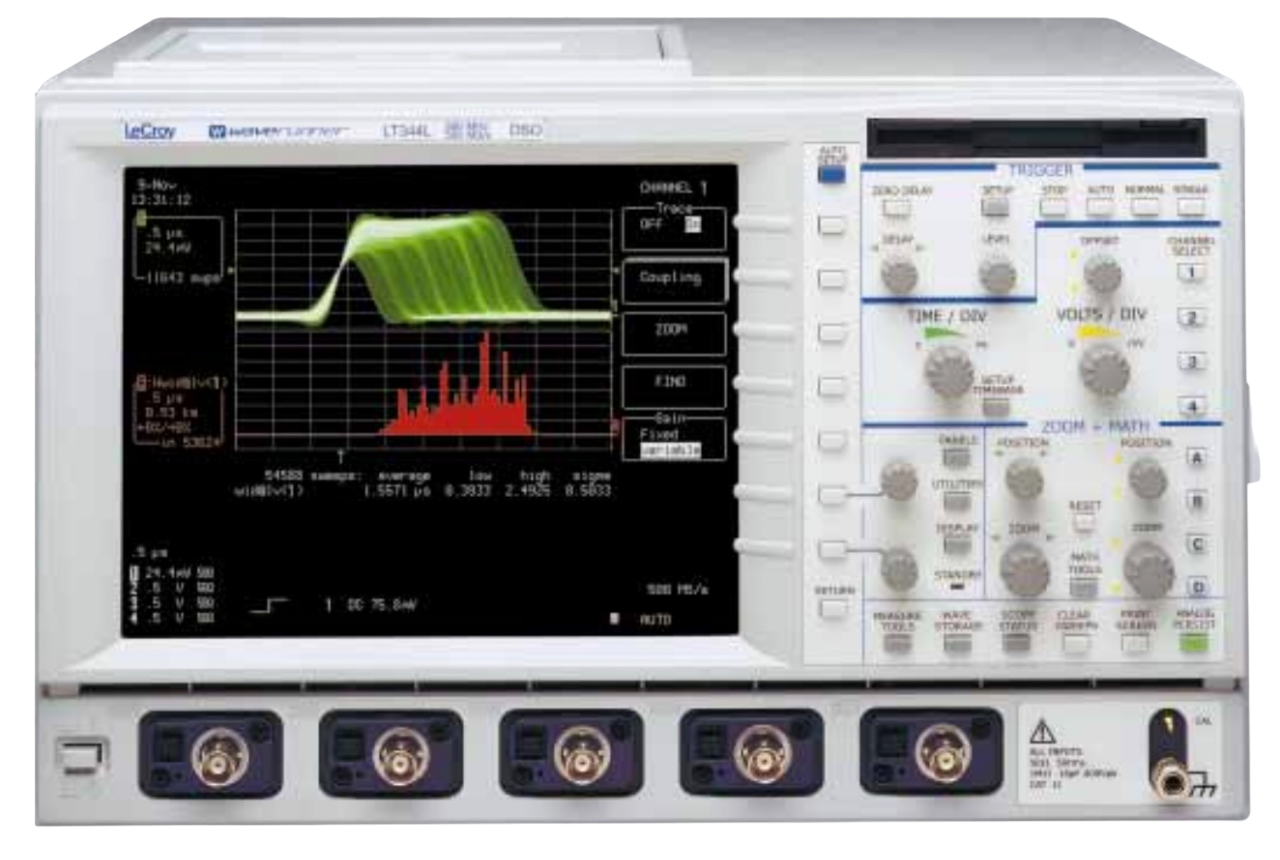 Oscilloscopes
Oscilloscopes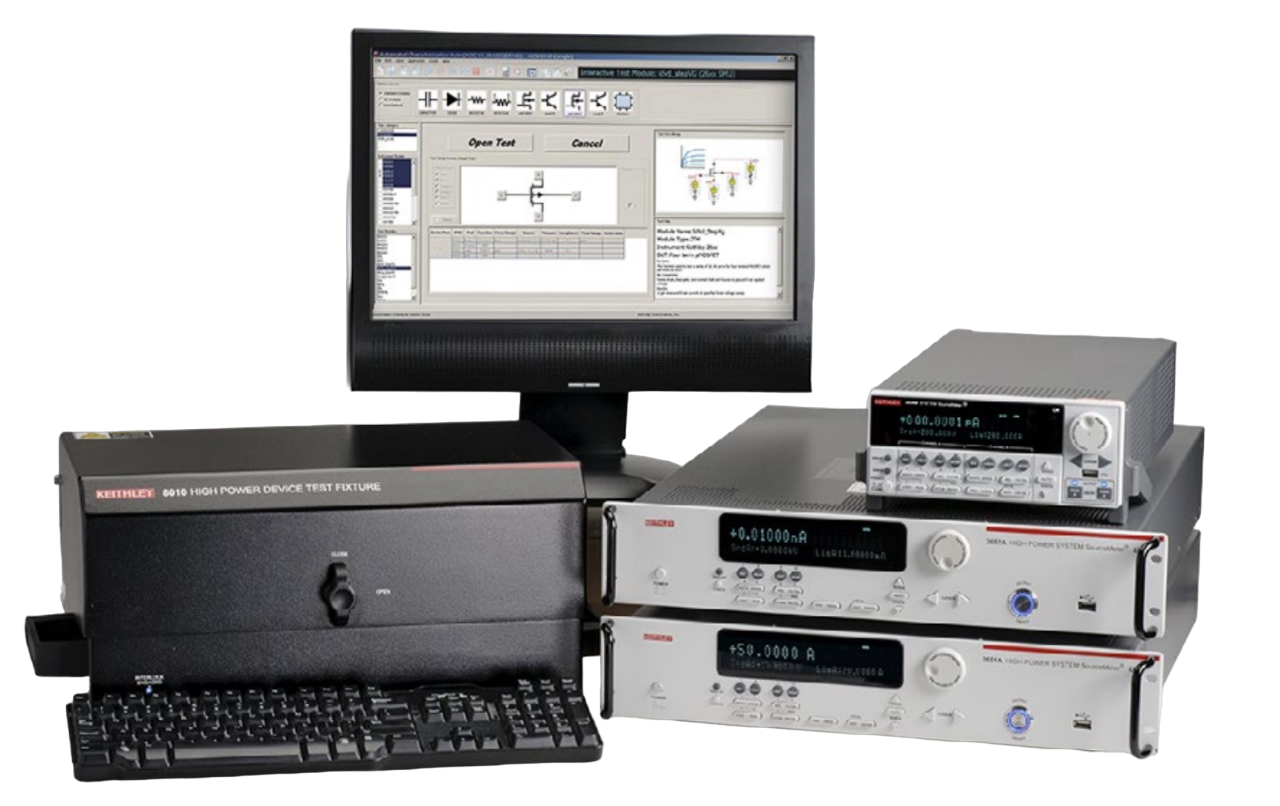 Curve Tracer
Curve Tracer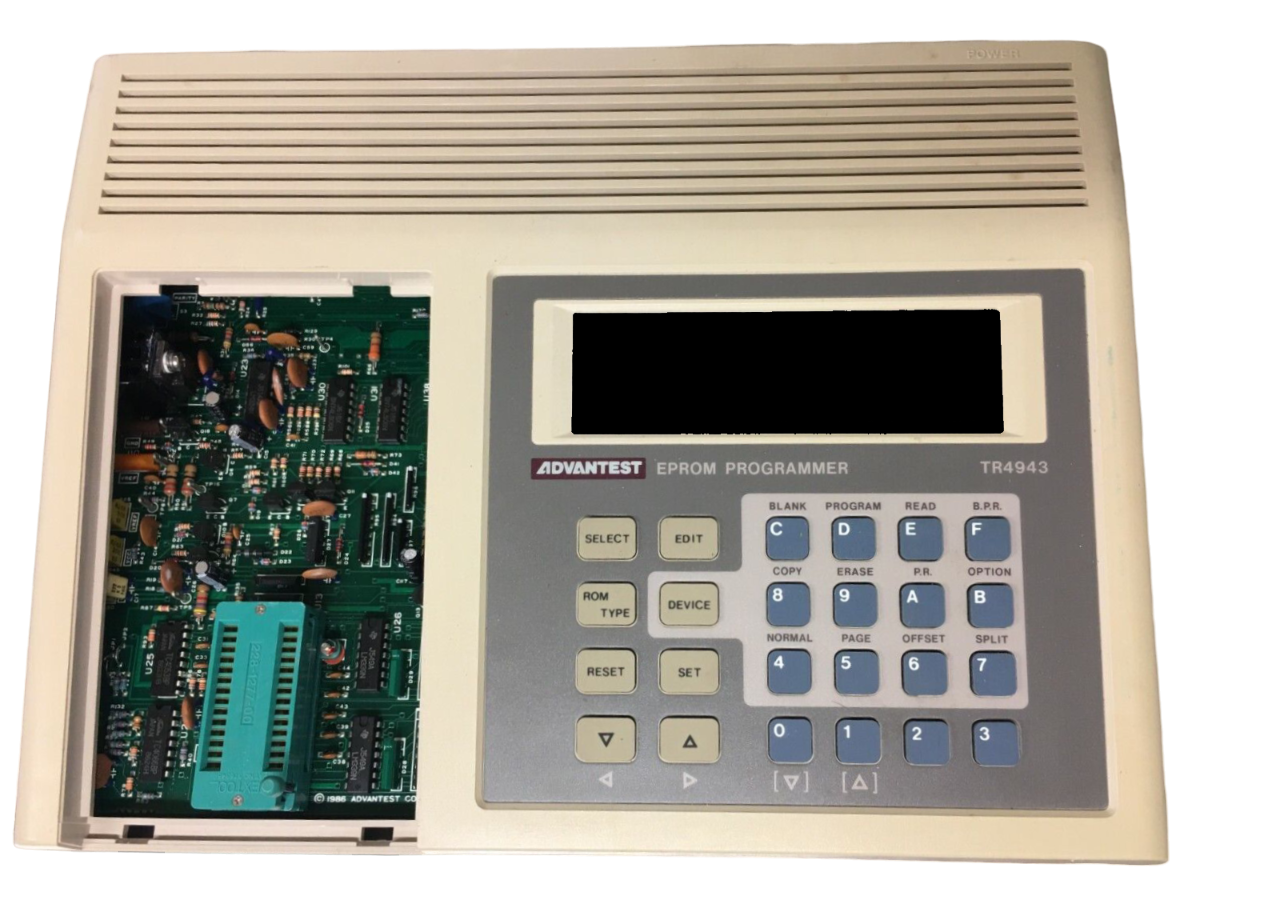 EPROM Programer
EPROM Programer Recorder
Recorder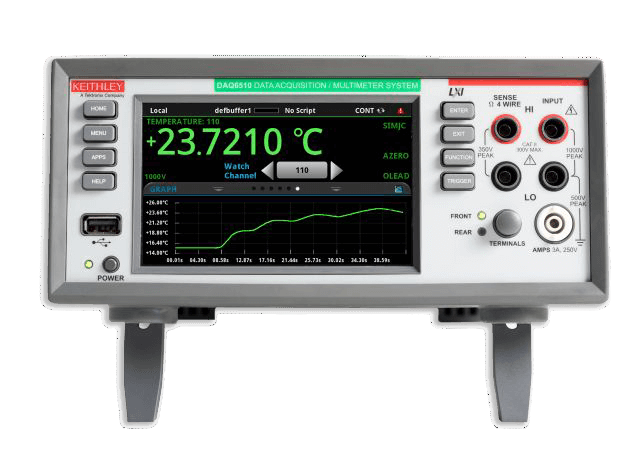 Data Acquisition System
Data Acquisition System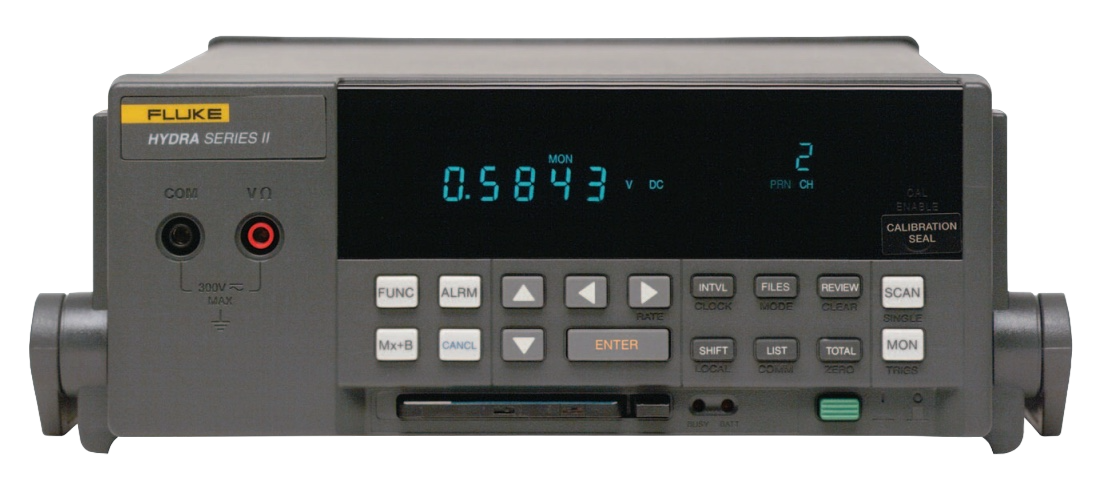 Data Logger
Data Logger Calibration Kit
Calibration Kit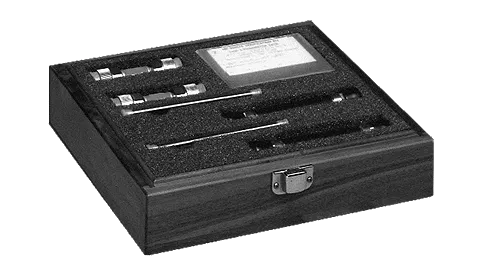 Verification Kit
Verification Kit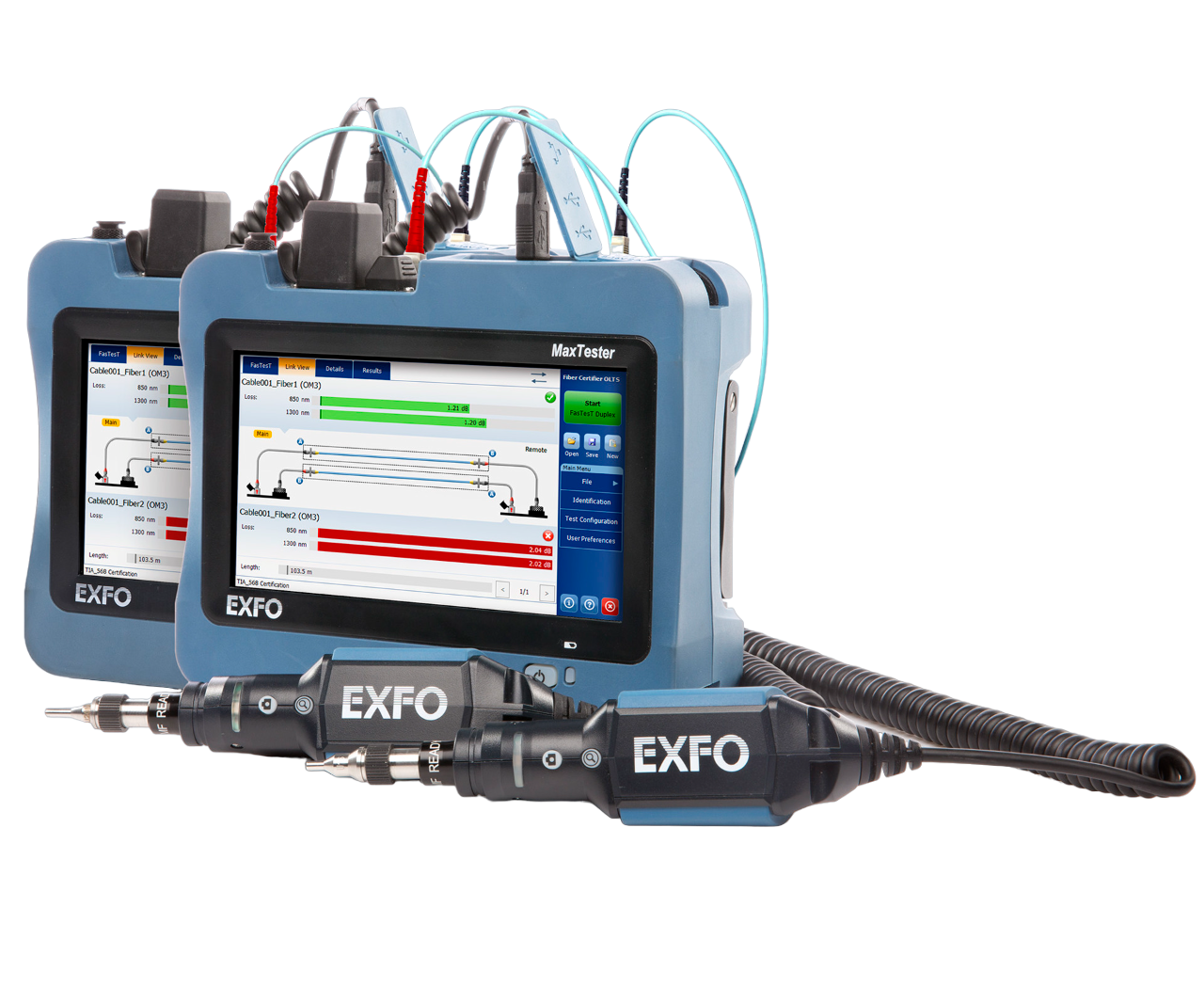 Test Set
Test Set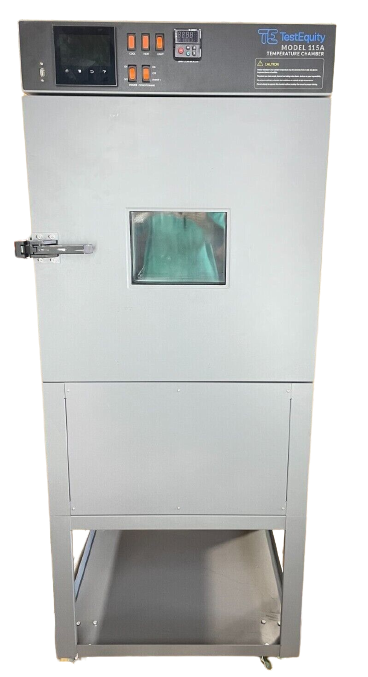 Test Chamber / Ovens
Test Chamber / Ovens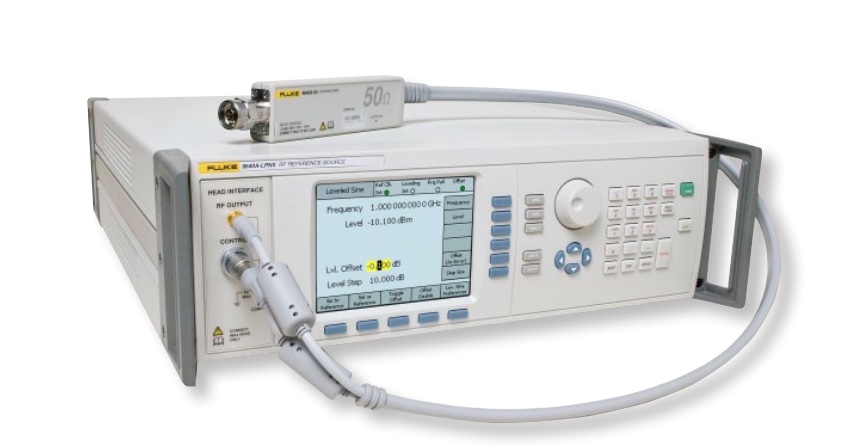 Calibrator
Calibrator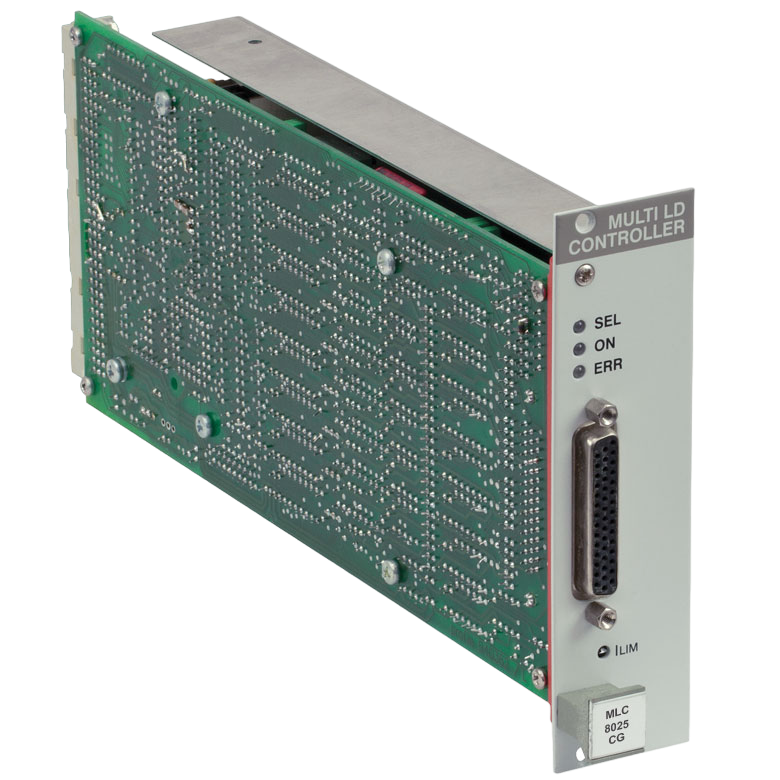 Controller
Controller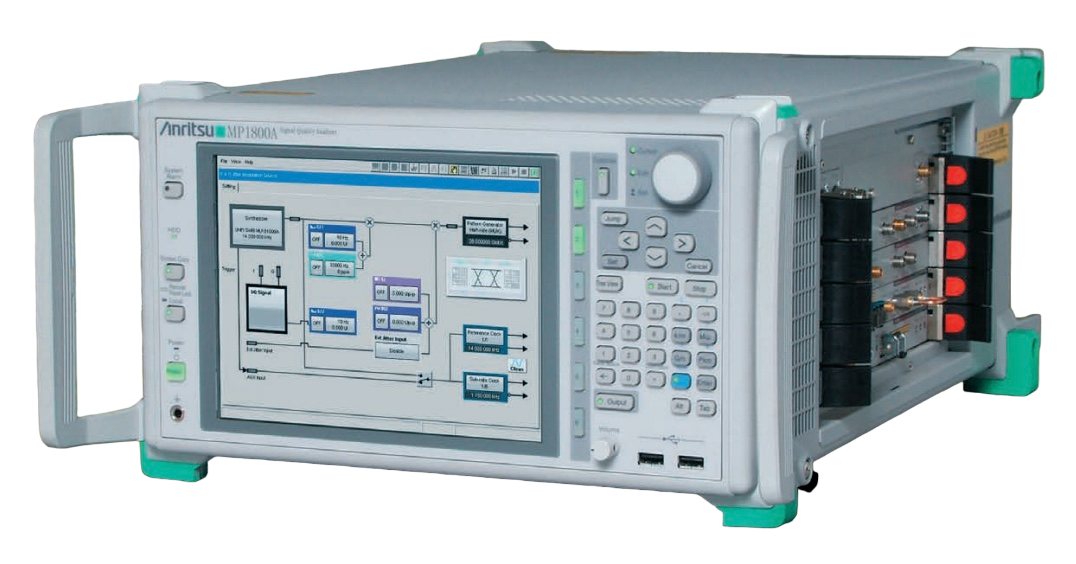 Mainframe
Mainframe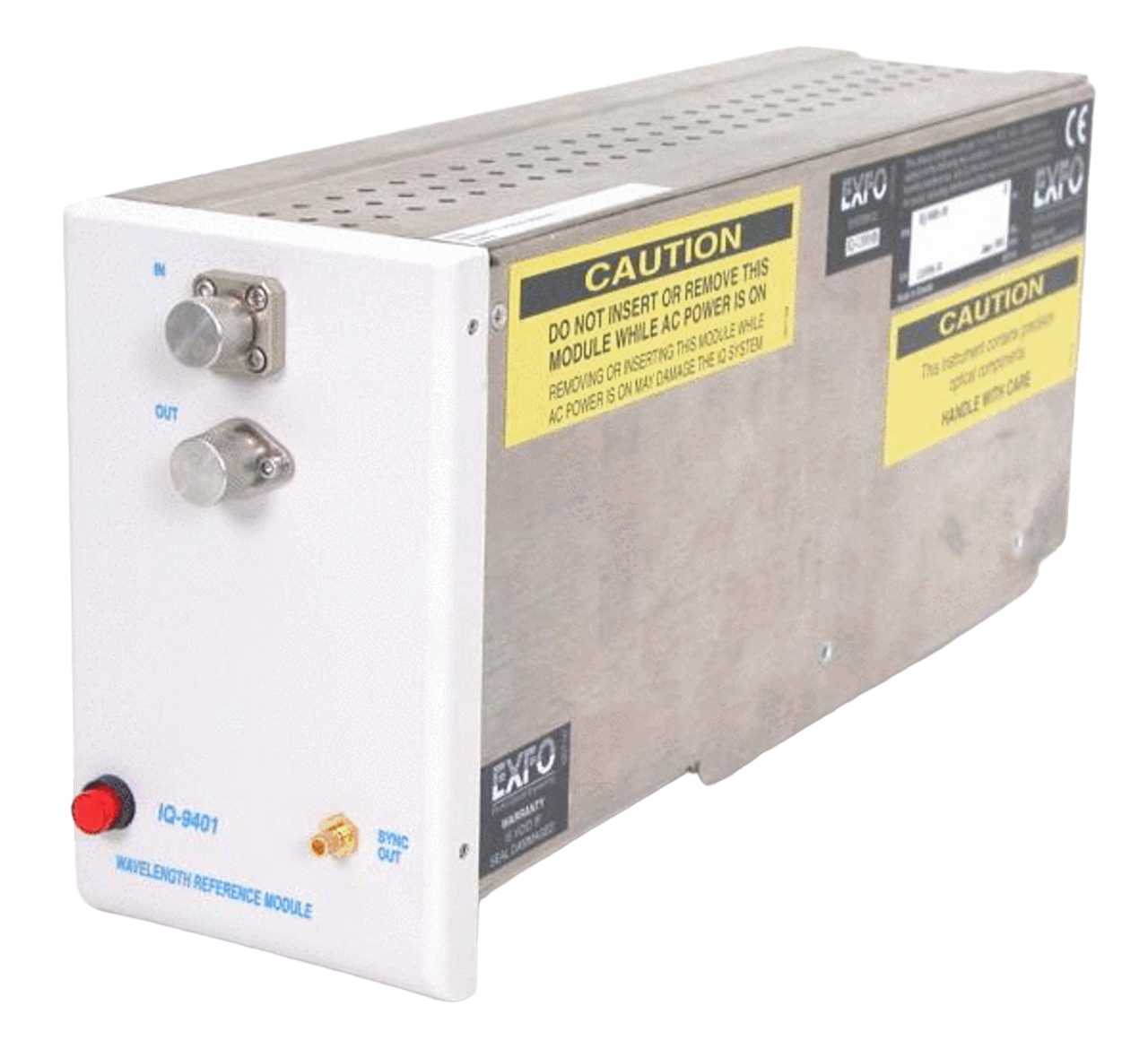 Module
Module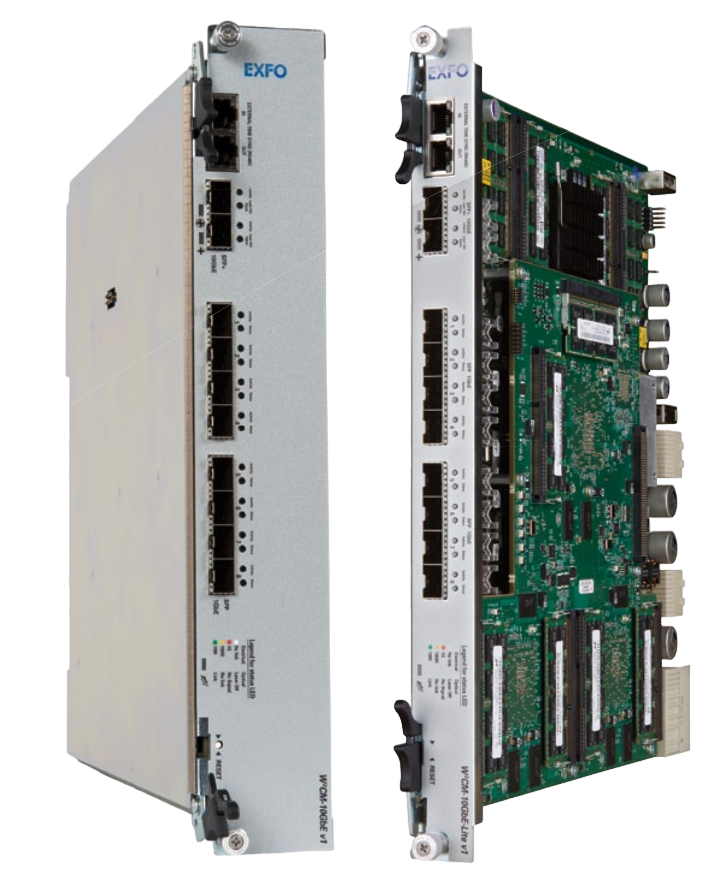 Interfaces(GPIB, Power)
Interfaces(GPIB, Power)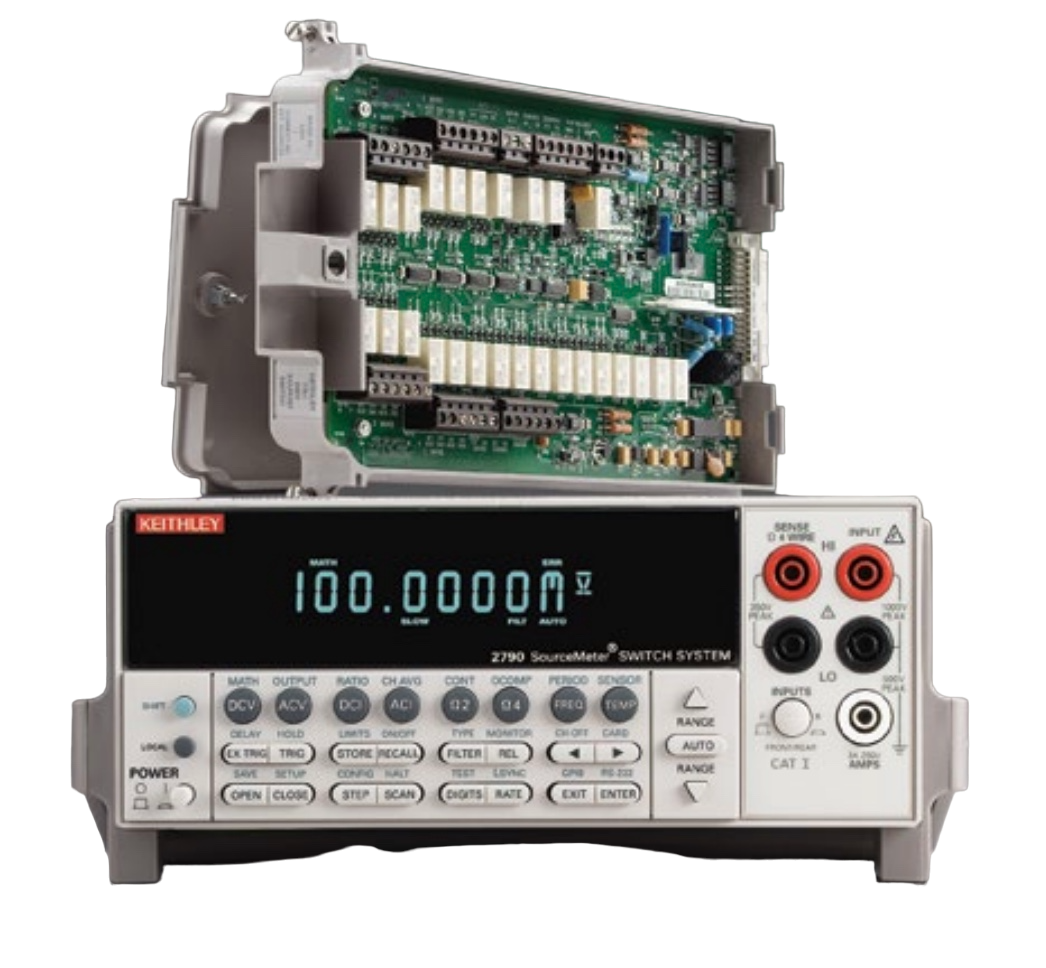 Switch
Switch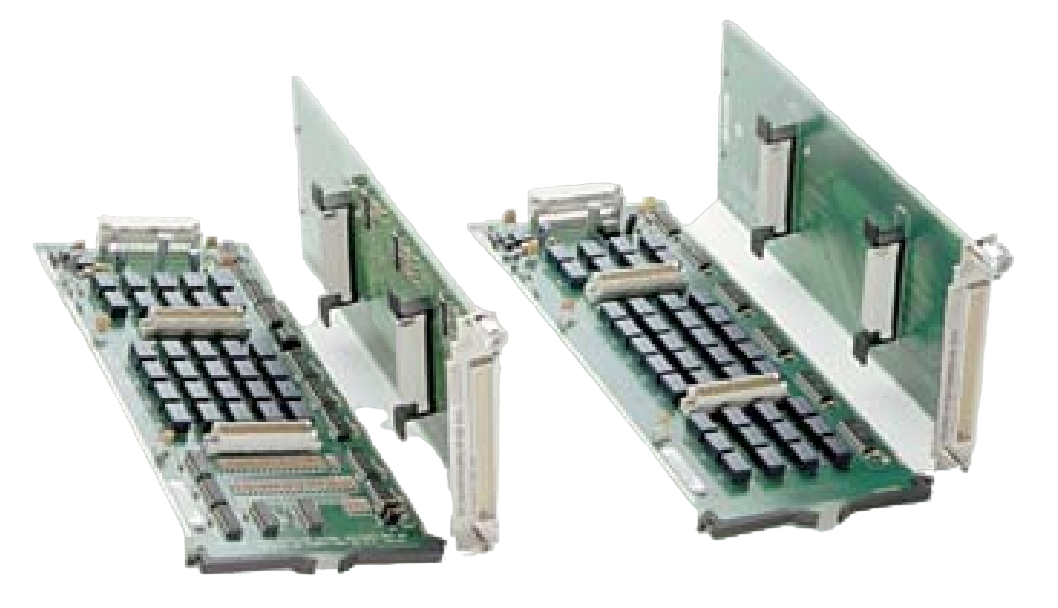 Matrix Cards
Matrix Cards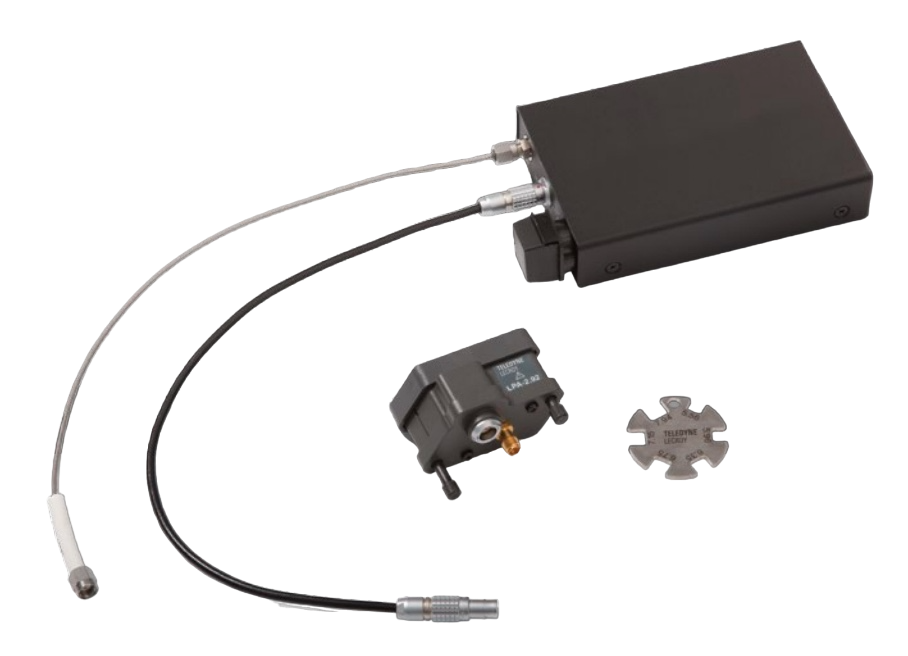 Converter
Converter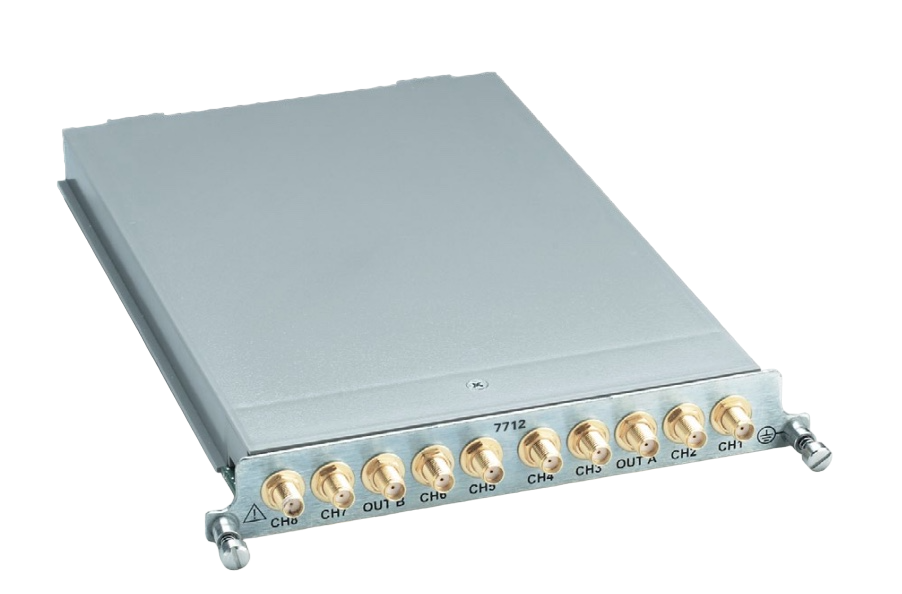 Multiplexer
Multiplexer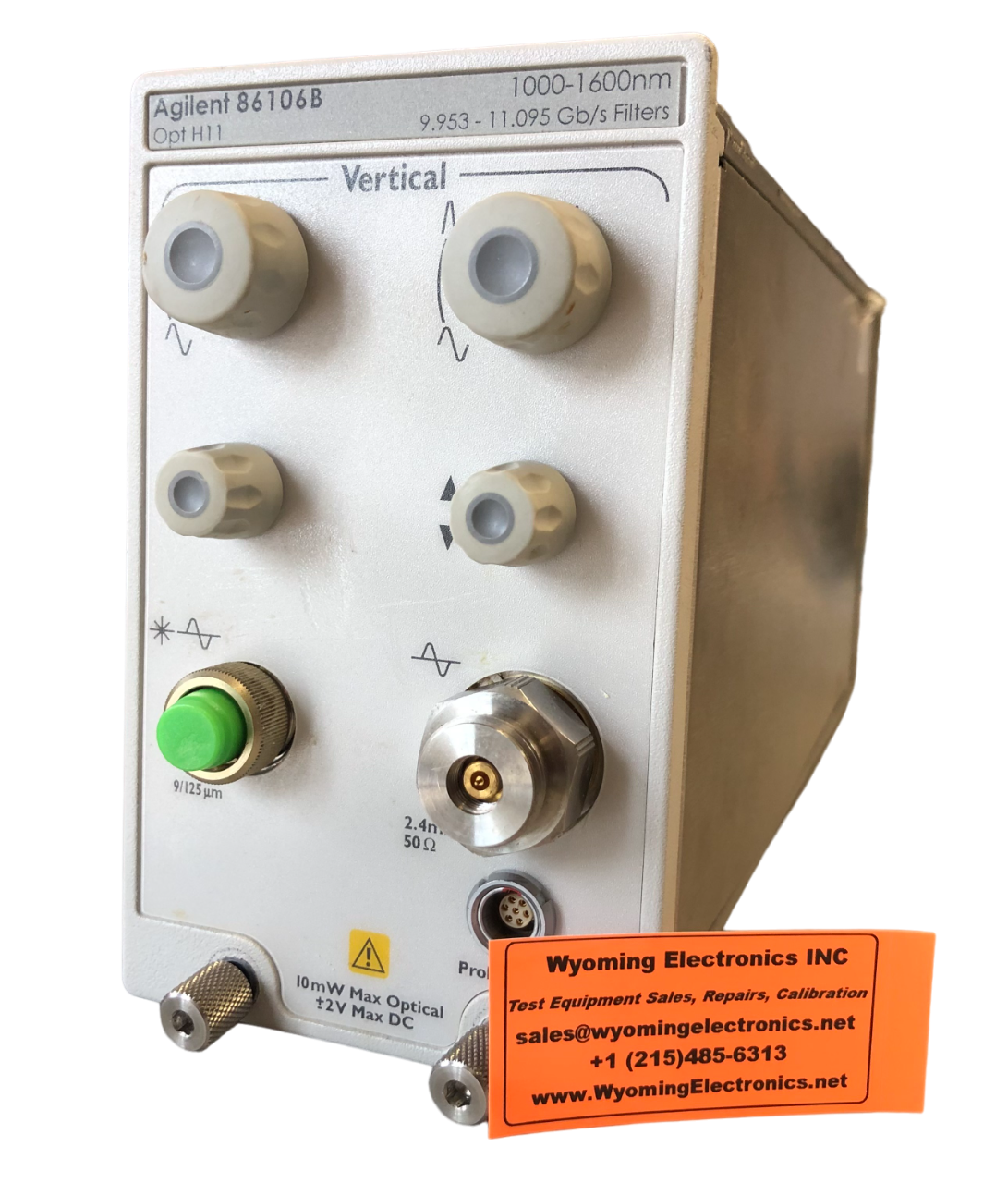 Plug-in
Plug-in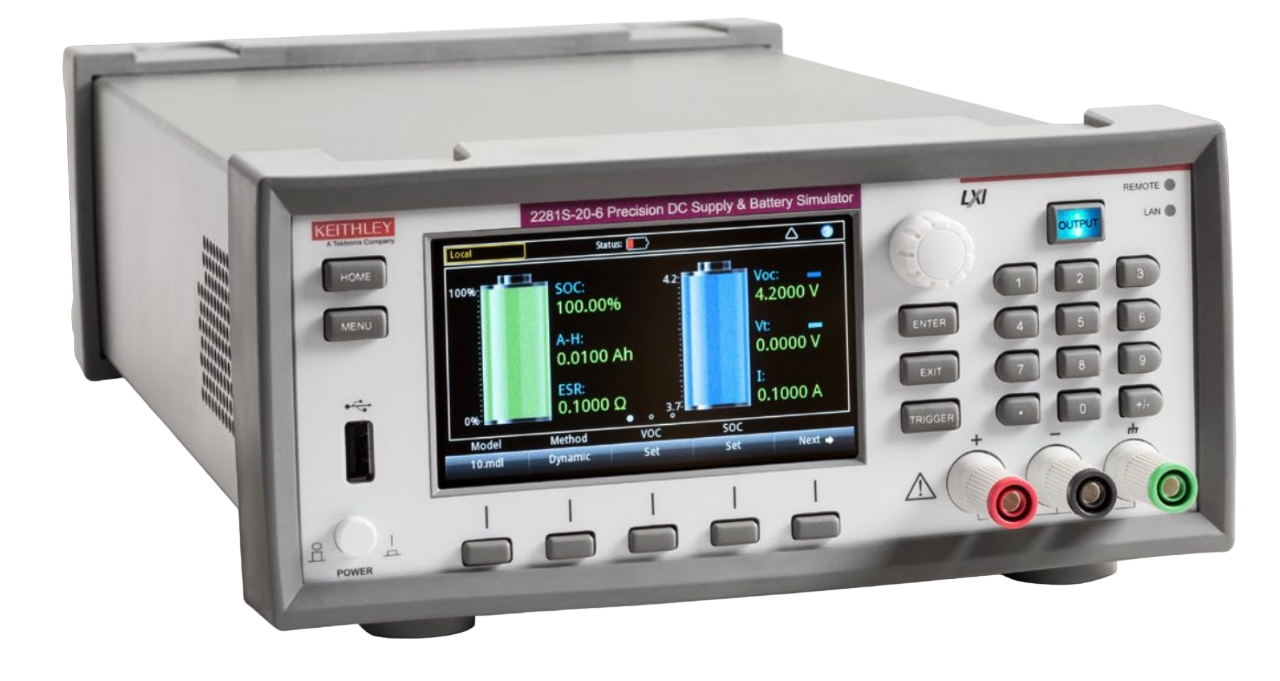 Simulator
Simulator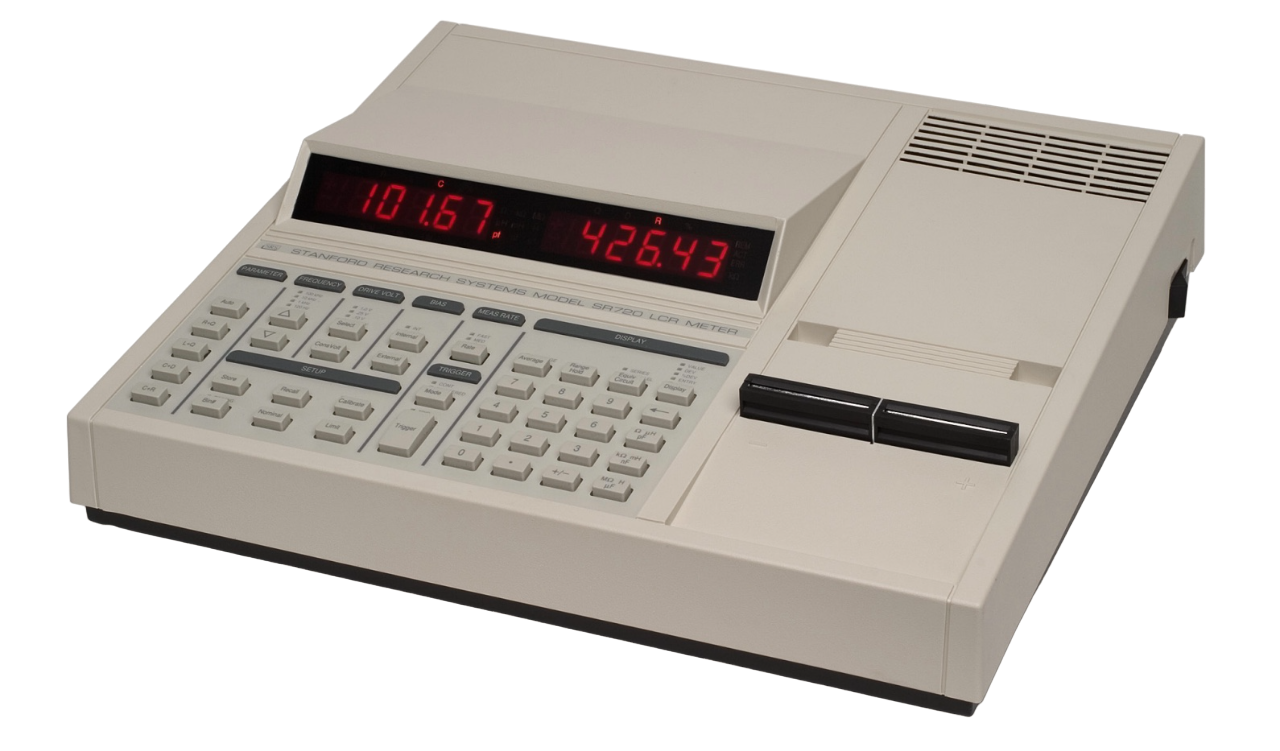 LCR Meters
LCR Meters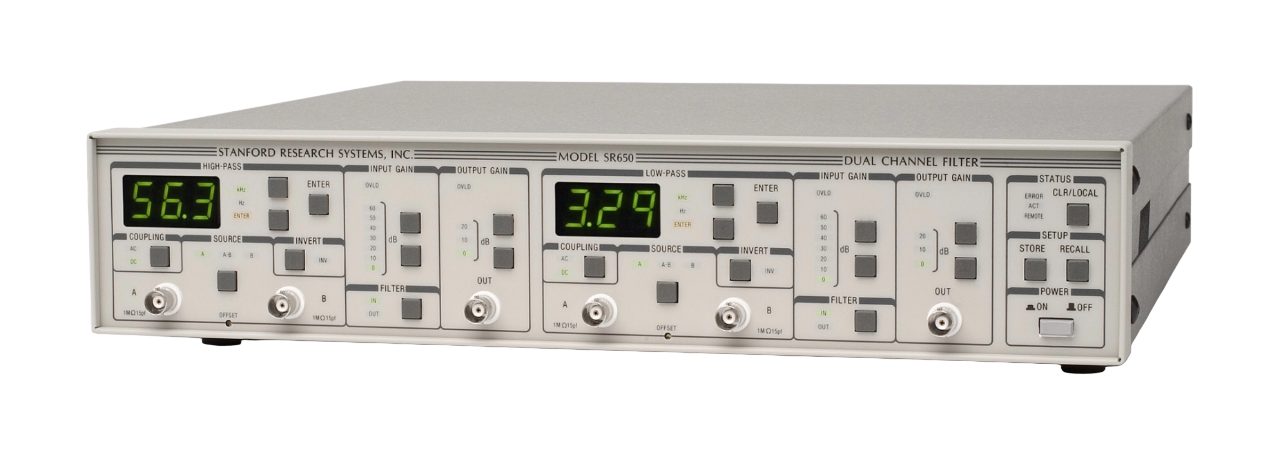 Filters
Filters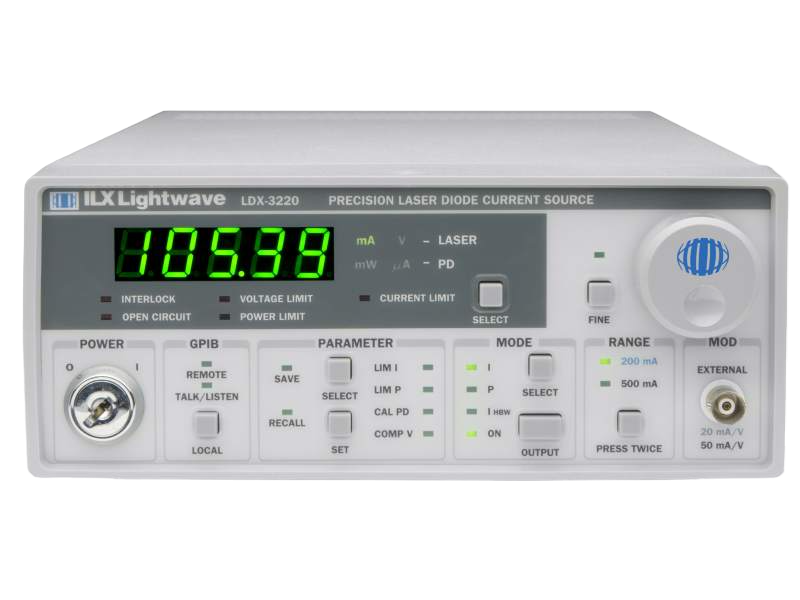 Laser Drivers
Laser Drivers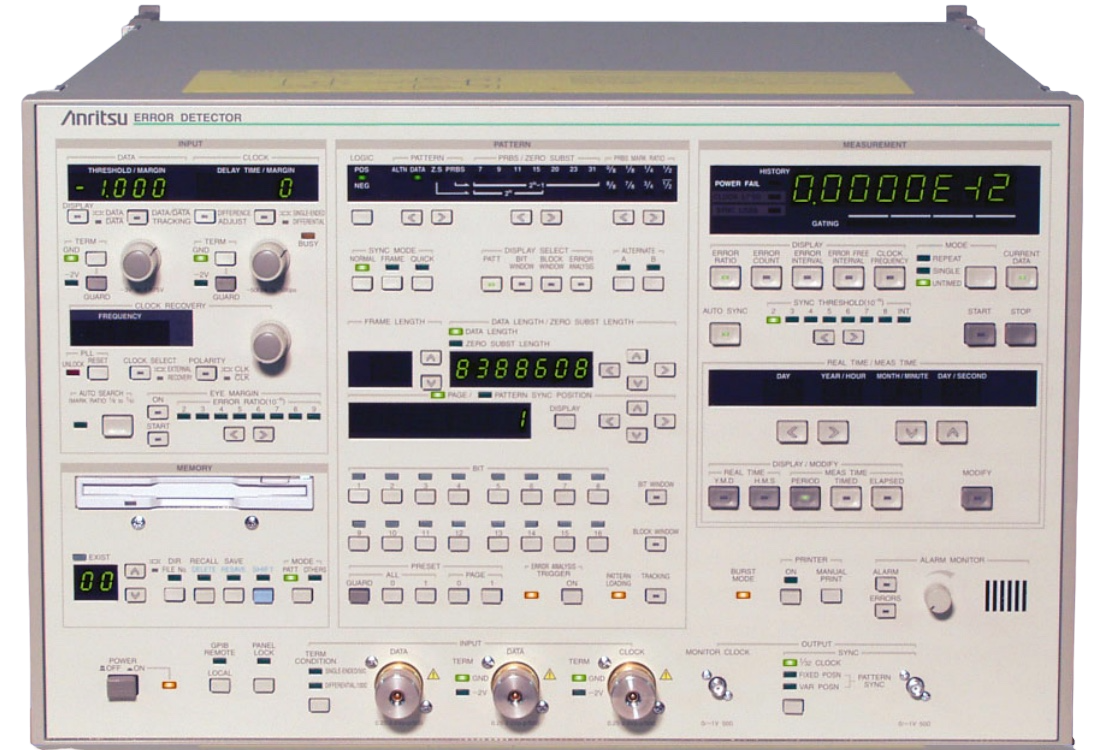 Error Detectors
Error Detectors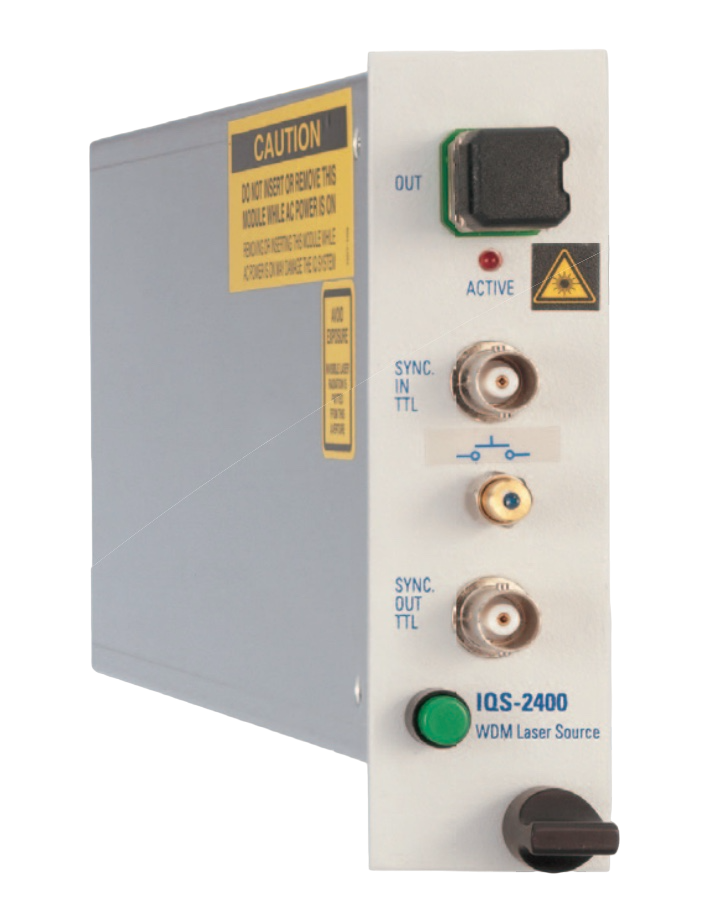 Laser Source
Laser Source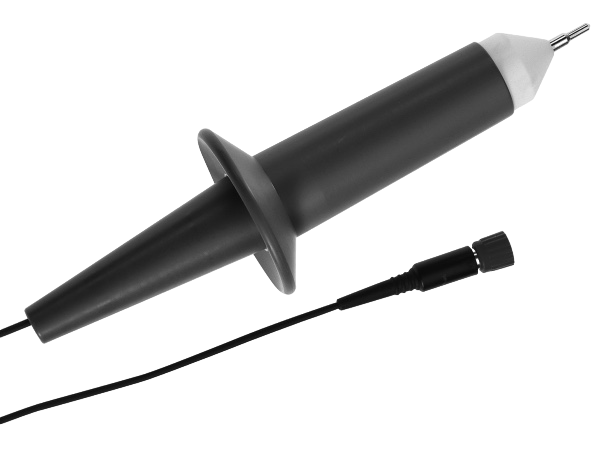 Probe
Probe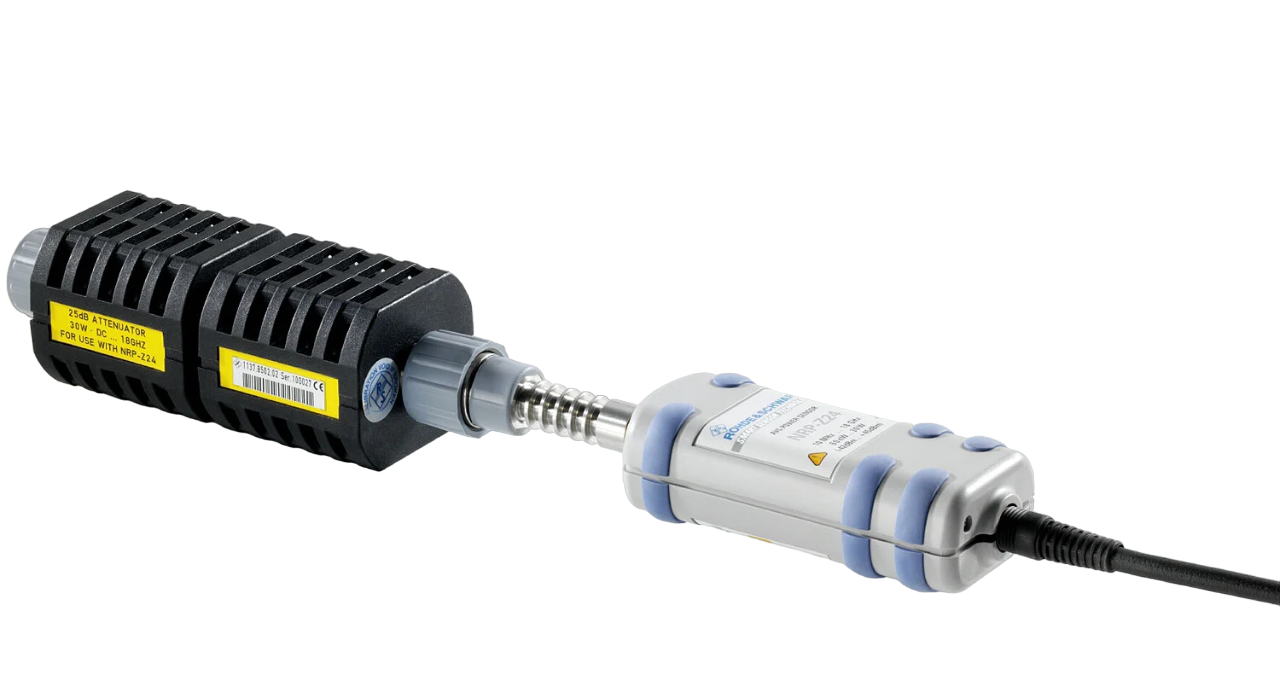 Power Sensor
Power Sensor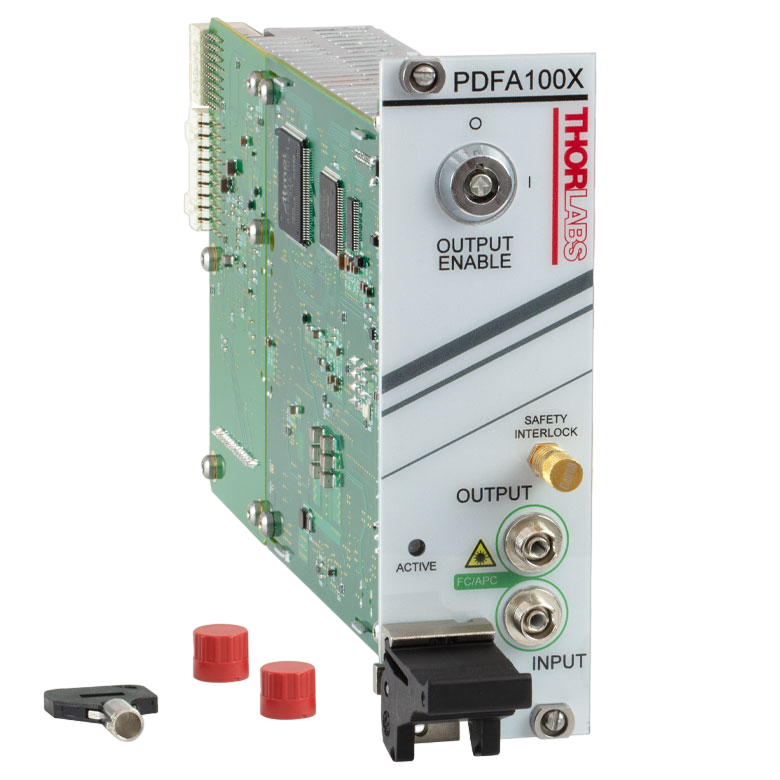 Amplifier
Amplifier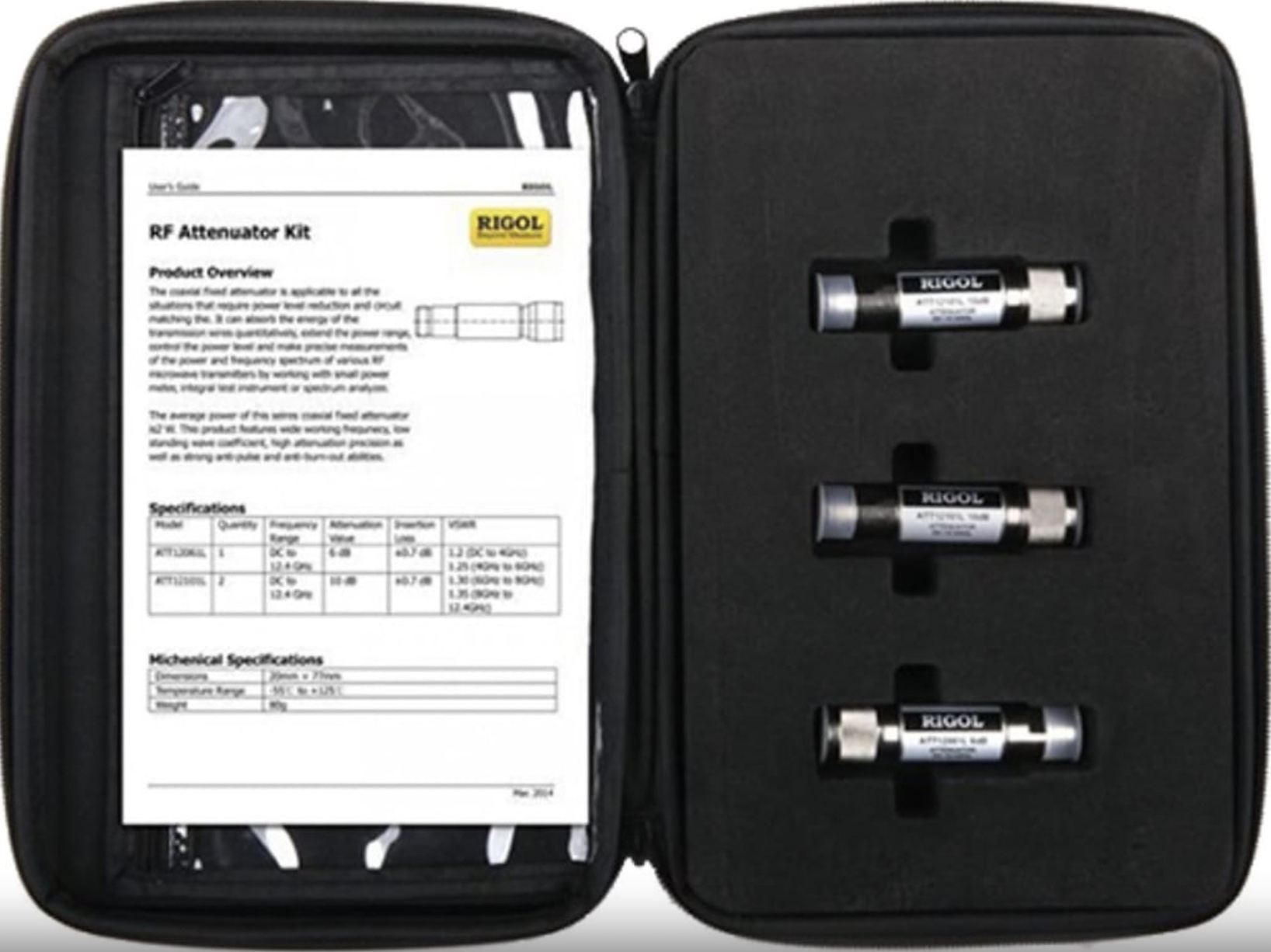 Attenuator
Attenuator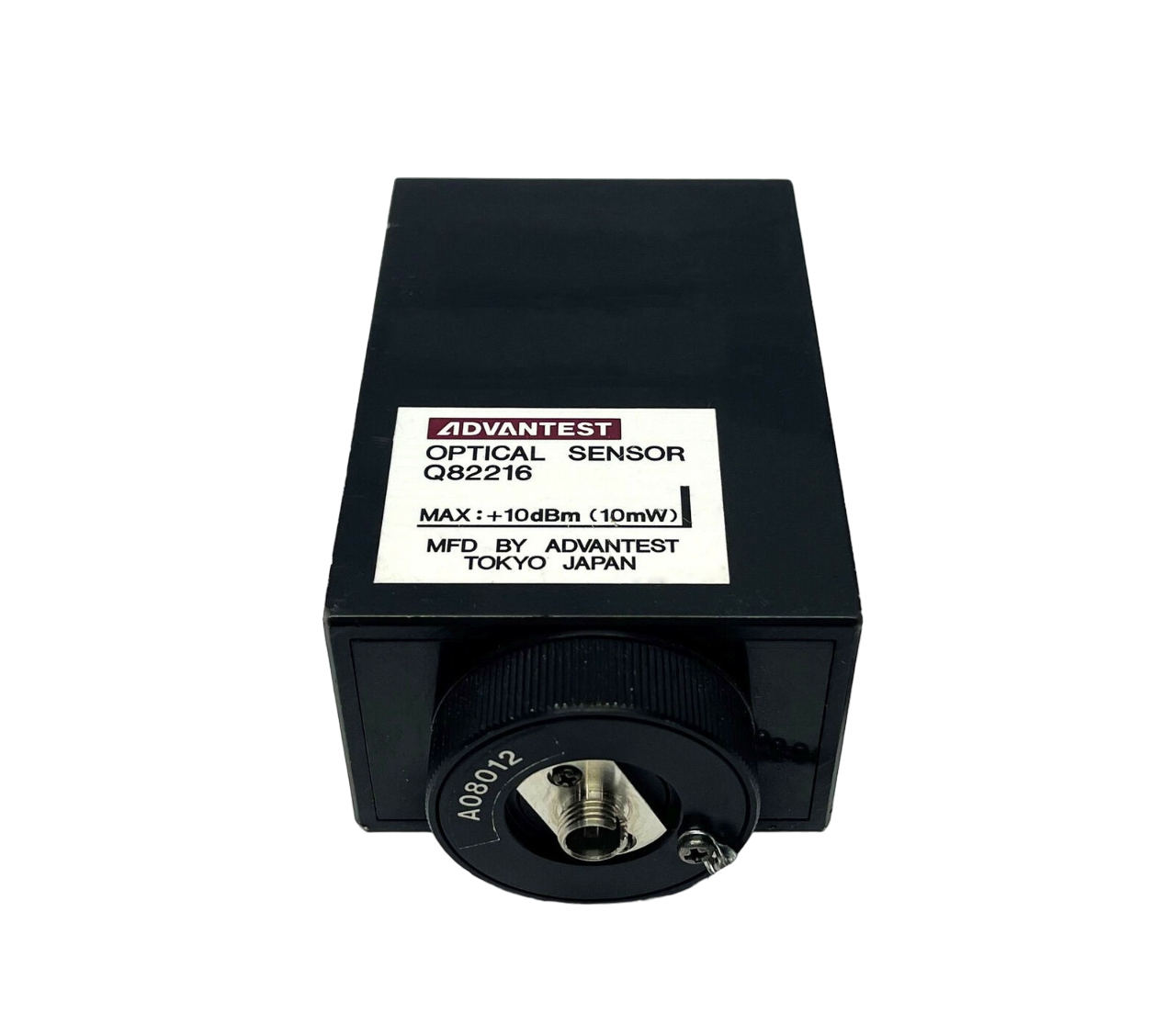 Optical Sensor
Optical Sensor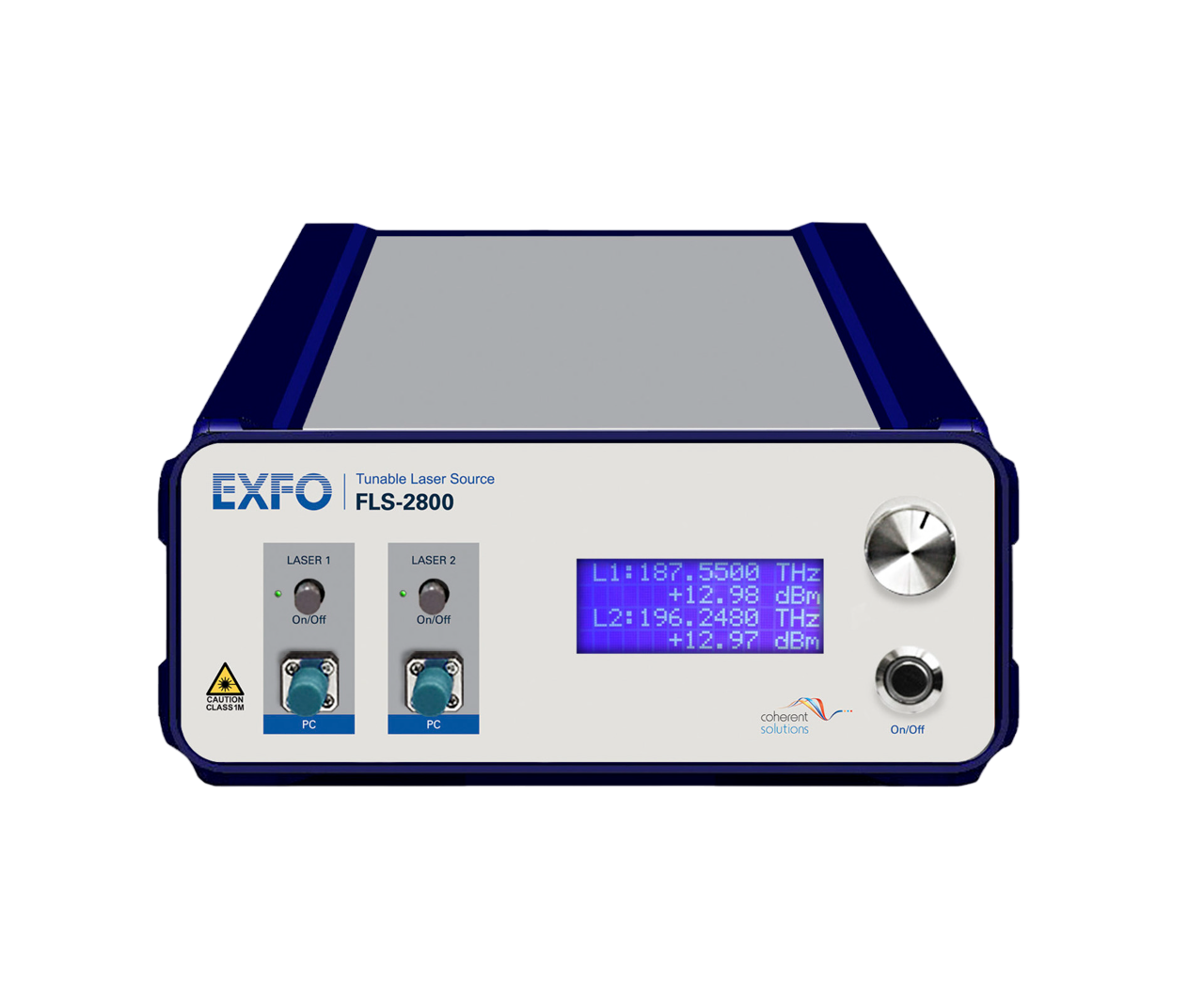 Light/LED Source
Light/LED Source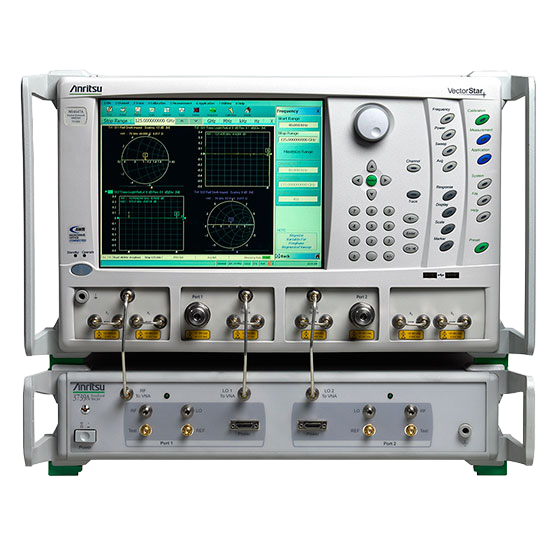 Broadband / Noise Source
Broadband / Noise Source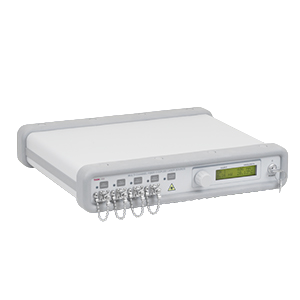 Optical / Fiber Source
Optical / Fiber Source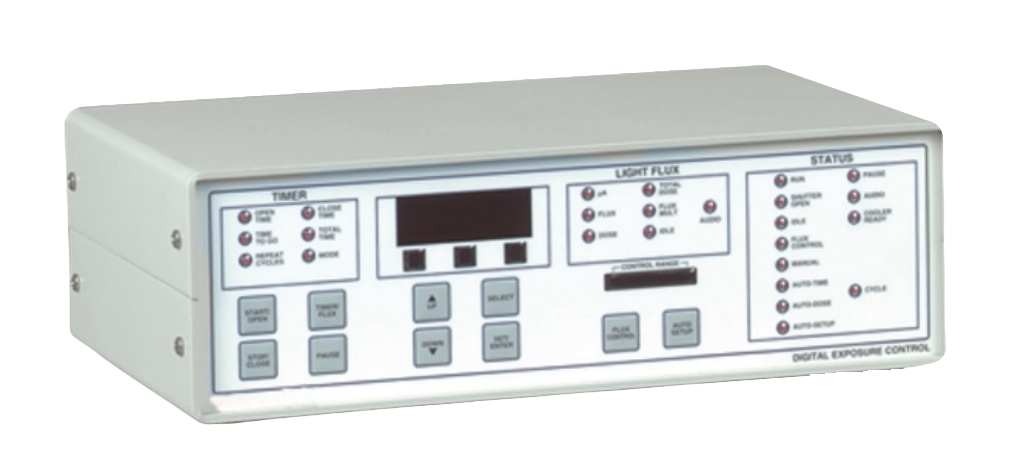 Power Supply
Power Supply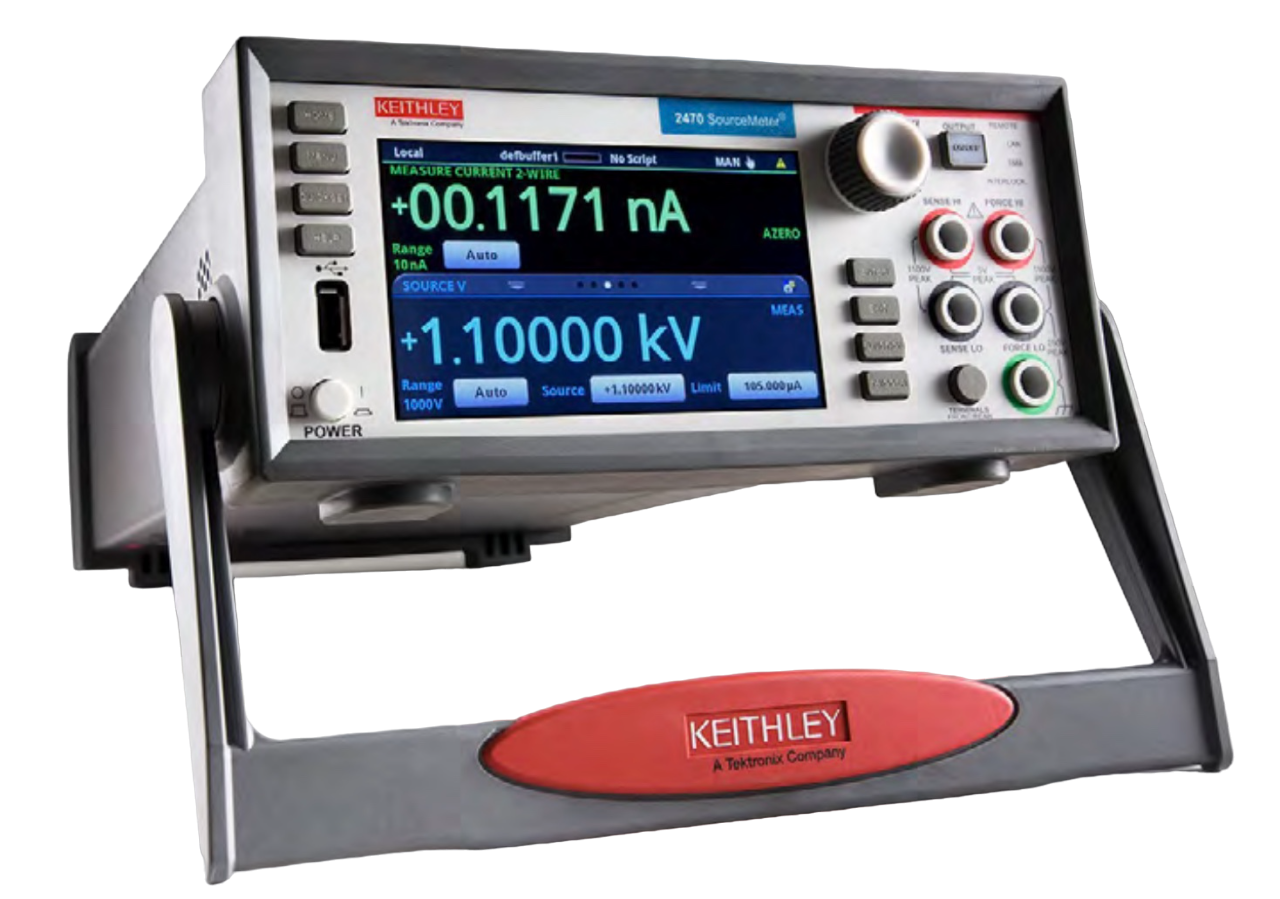 Voltage Source
Voltage Source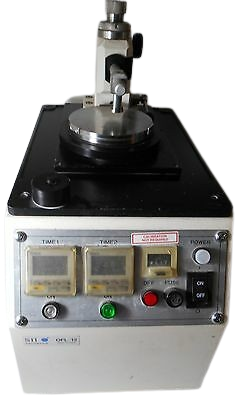 Polisher
Polisher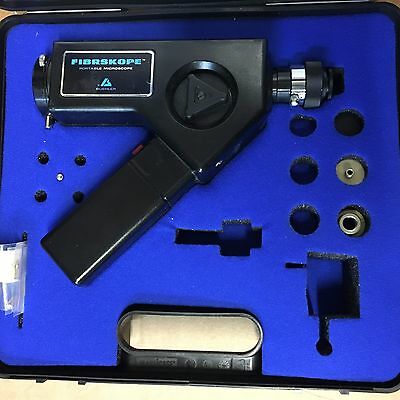 Microscope
Microscope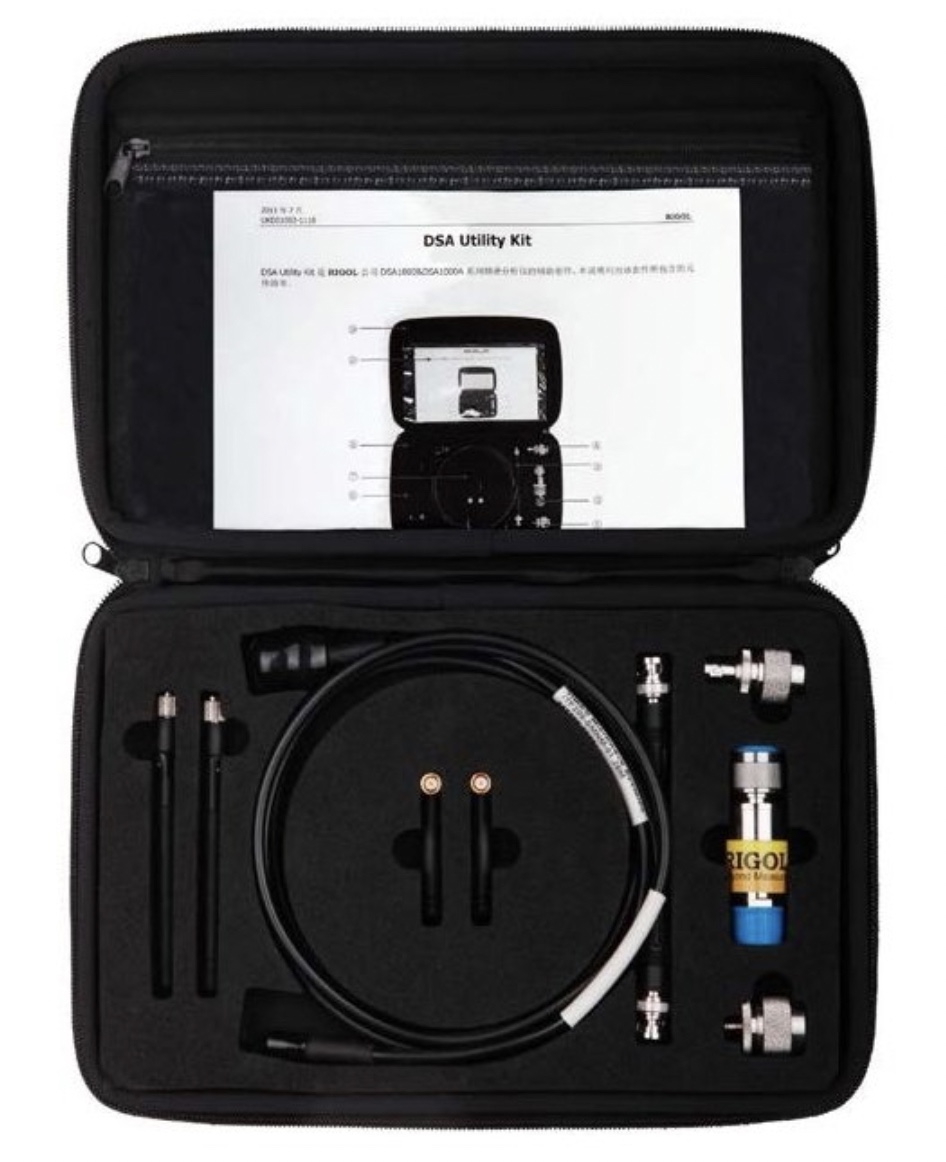 Adapter
Adapter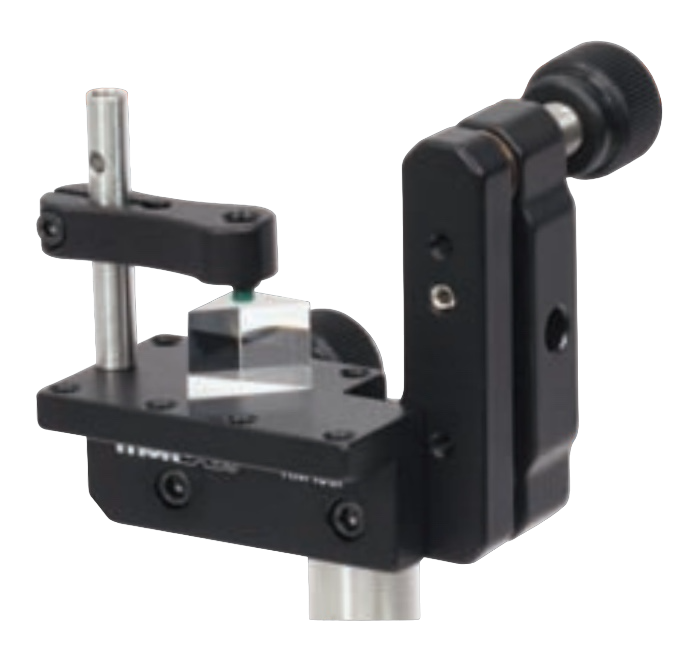 Platforms/Mounts
Platforms/Mounts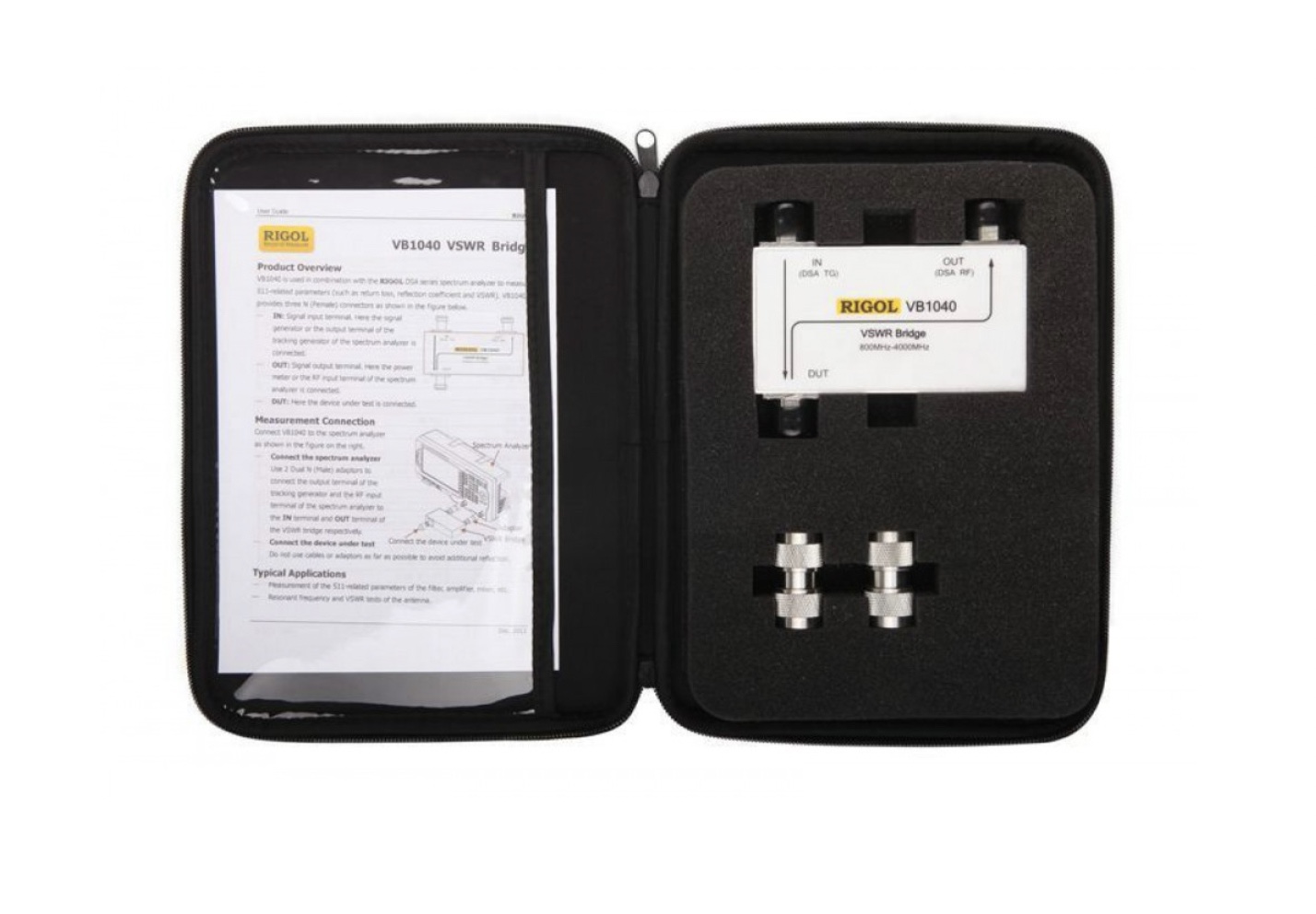 Bridges
Bridges Connectors & Accessories
Connectors & Accessories